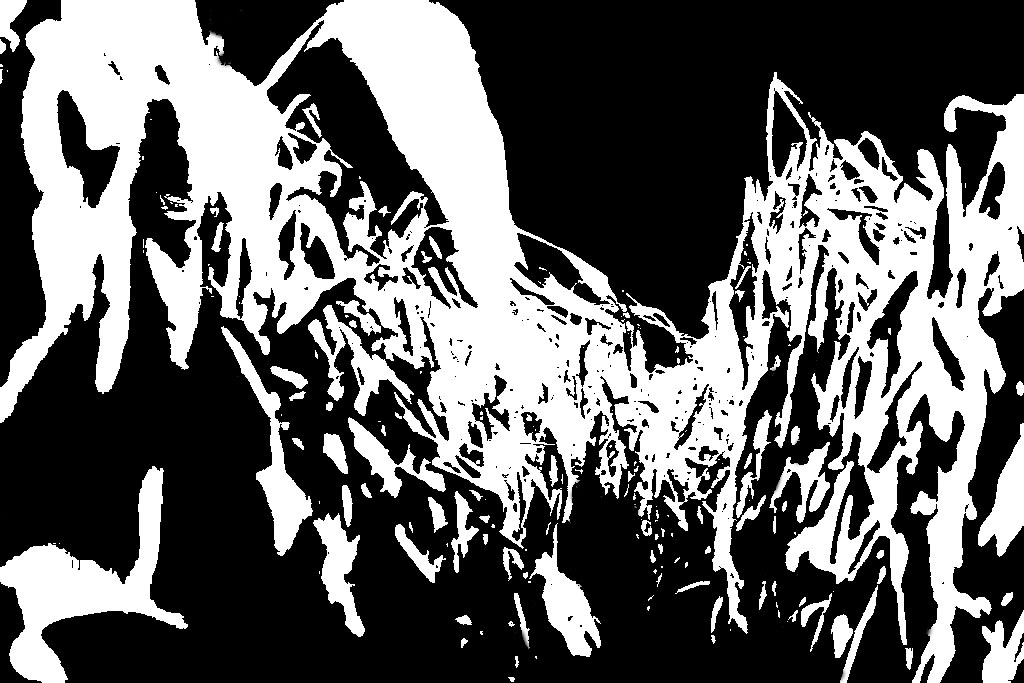
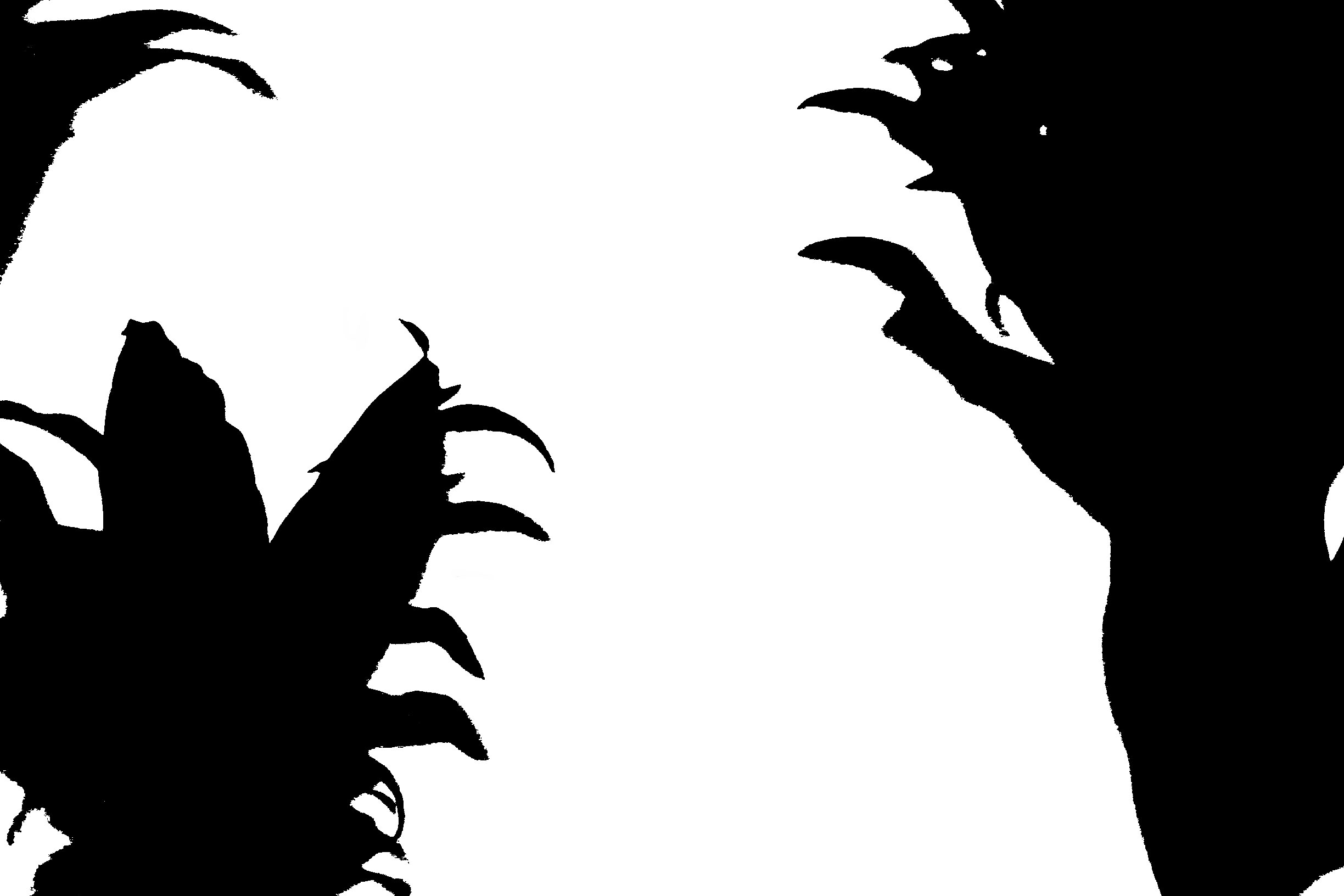
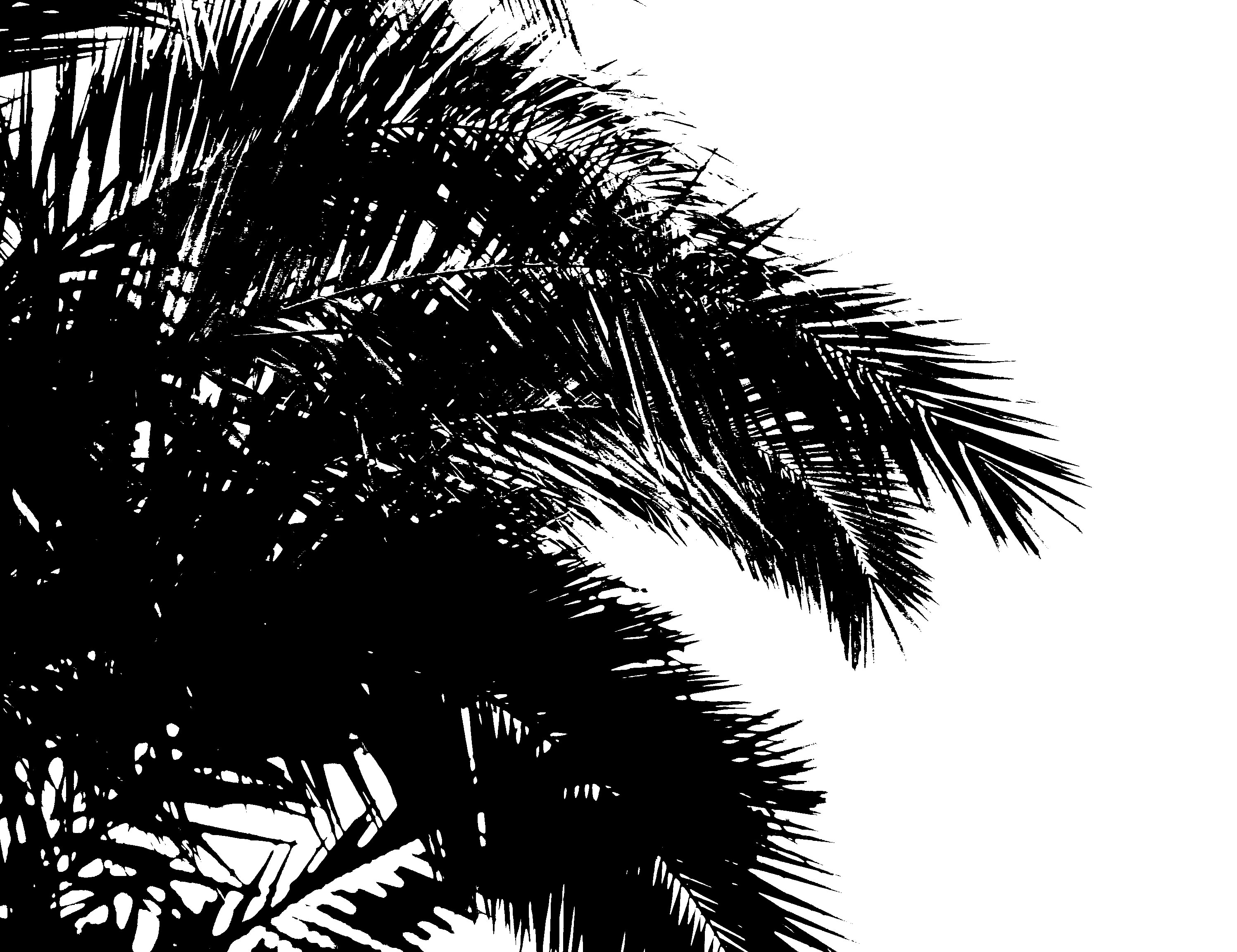
Editing Process
It was a simple process of utilizing the threshold tool, then adjusting the threshold level to increase/decrease the opacity of the wanted silhouette in the frame.
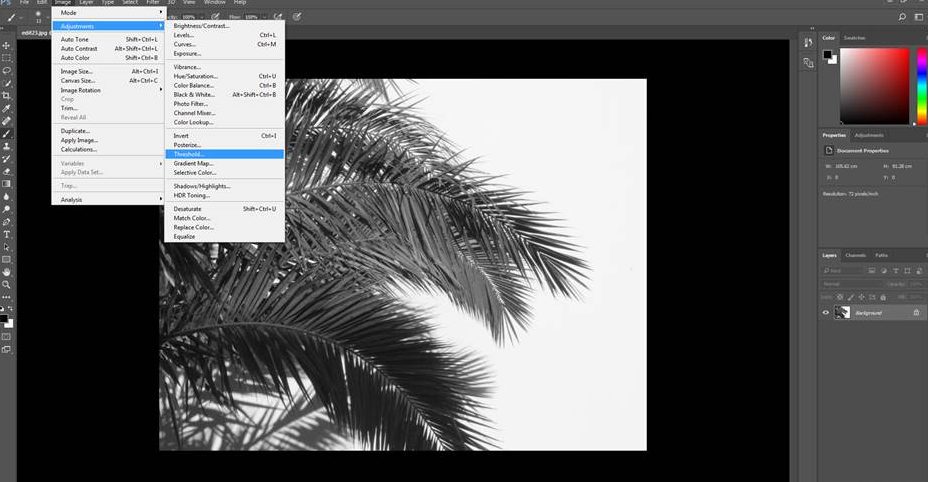
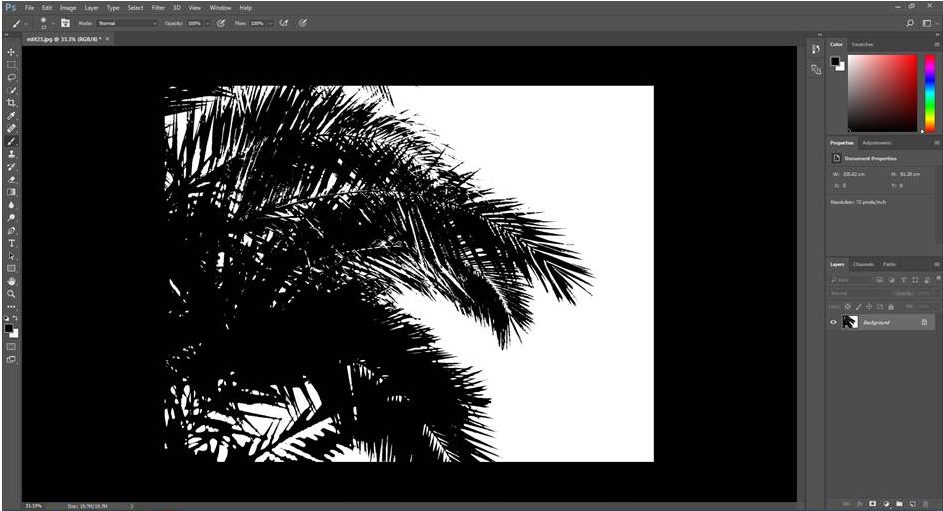



Editing Process
It was a simple process of utilizing the threshold tool, then adjusting the threshold level to increase/decrease the opacity of the wanted silhouette in the frame.


Experimenting with the idea of threshold adjustment to create pieces with extreme contrast and maximal blacks and whites. I decided to focus on the idea of cameras for my original inspiration for the photos due to their complex looks and various opportunities for black and white adjustments.



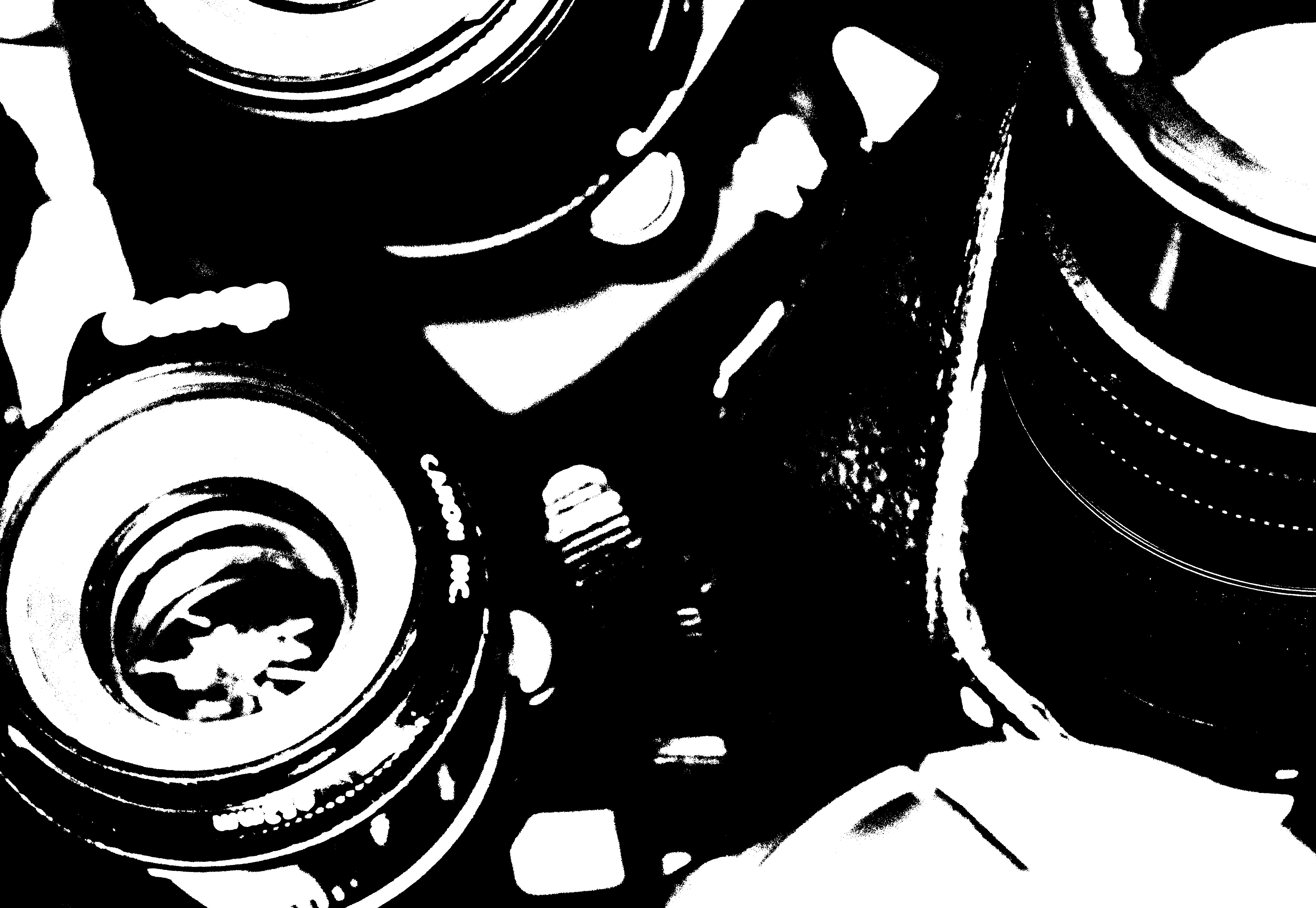
I really like the almost cartoonish effect I have achieved with each photo having its own unique characteristics.

I took a photo through a lens of an outdoor environment and really liked the idea of the lens flipping the image.

Here is a glass triangular prism resting on top of a semi circular prism in a mirror. I chose to adjust the threshold to a point so that it only realistically gives an outline of the shapes.
Up close of a camera lens, using depth of field and threshold adjustment to create a defined effect.
I have produced a photoshoot using some of the camera a skills that I have developed on during the first few weeks. After taking time to learn and practice skills such as depth of field, exposure and focus, I have incorporated these skills into my shoot, and have take inspiration from my chosen artist, Uta Barth, in order to produce a photoshoot that uses abstraction, as well as the other camera skills.
Uta Barth
Uta Barth is a contemporary photographer living and working in America, who focuses her photography on separating the subjects used in the photograph, from the photograph itself by using a mixture of blurred images, and bright light in her photographs, allowing the colours of her image to blend into one another, further distorting the image and creating an abstract effect. Barth often takes a minimalist approach to her work, using subjects such as walls, windows and bland natural scenes, in order to draw more attention to the light and colours used in her work. Barths work incorporates a mixture of minimalism and abstraction, and she combines this with a bright but simple colour theme to draw attention to the fact that her work goes against what many people consider to be good art.
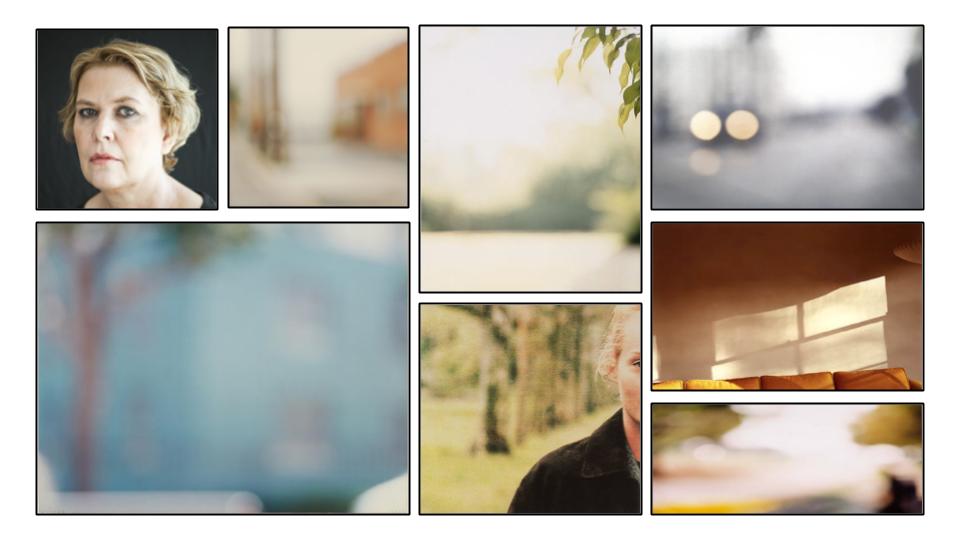
I have chosen Barth to be my inspiration, as I believe that her work makes good use of colour, light and interesting subject matters, while also taking a minimalist approach to a lot of her photos, making them more unique, and allowing them to stand out.
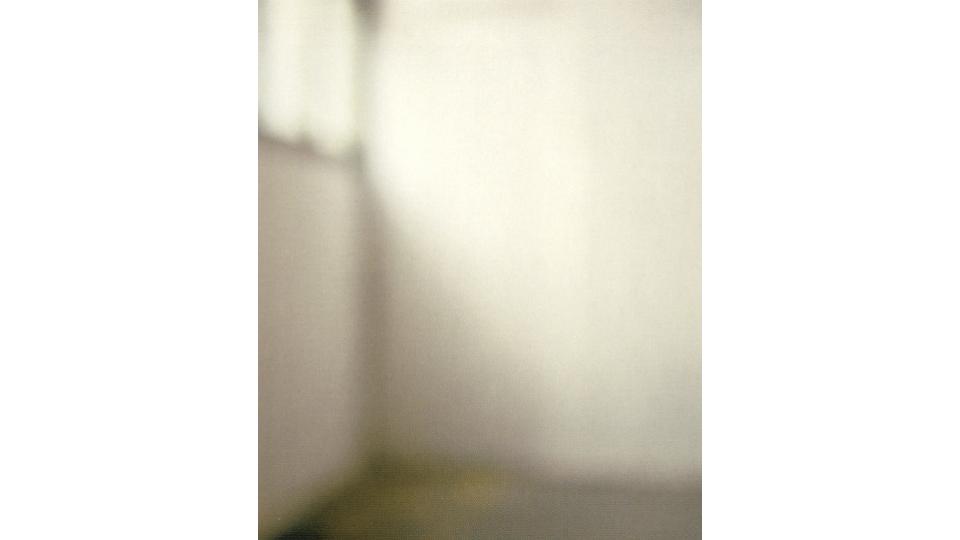
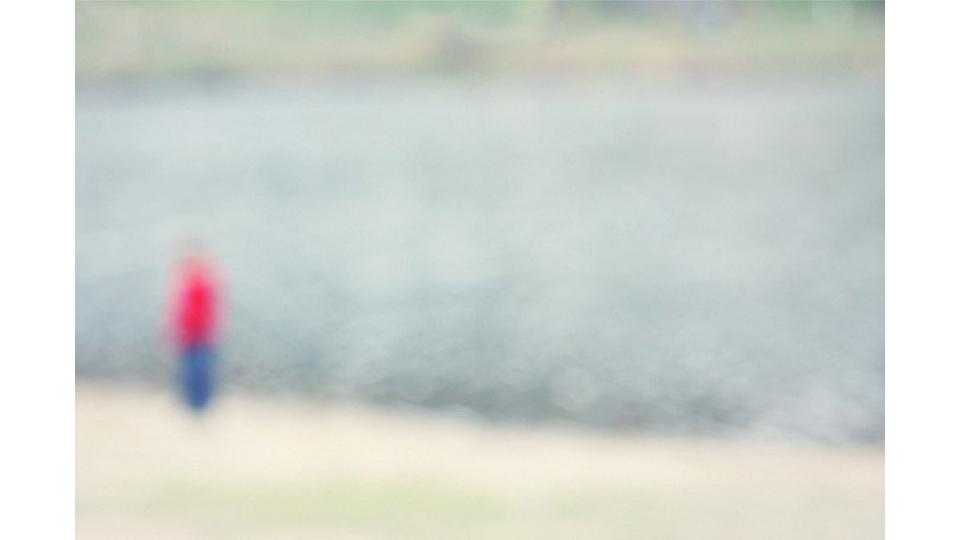
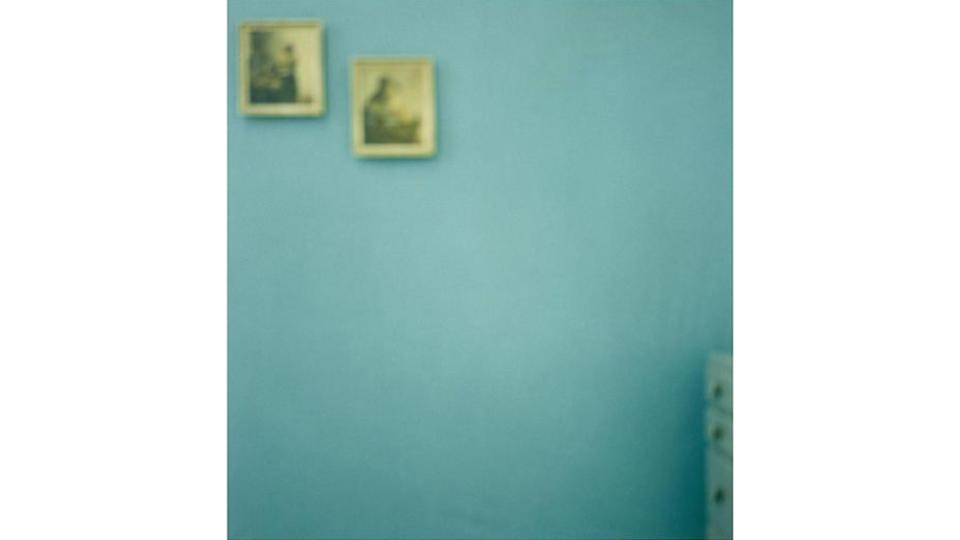
My Response:
For my photoshoot, I took inspiration from Barth when it came to the type of subjects I used, and the lighting I used. For my camera settings, I made use of the manual focus, making sure that the image I was taking was out of focus to create the same effect as Barth. As well as this, I experimented with the exposure of my photos, in order to mimic the bright light used in Uta Barths work.
The following is a contact sheet containing images from my photoshoot:


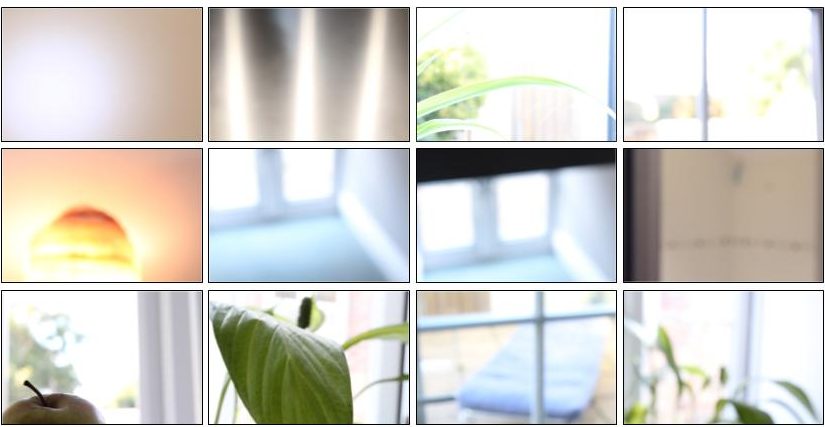
These are the photos that I was able to take after taking inspiration from Barth, and using the same techniques and processes as her. I made sure to focus on making sure the lighting resembled Uta’s work, and changed my camera settings to do so.
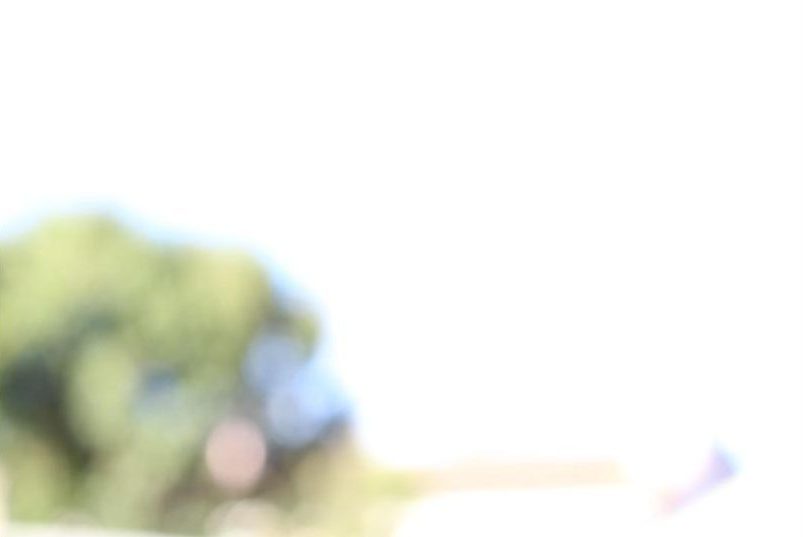
The above image is a good example of the different camera settings and techniques I used. For this image, I adjusted the manual focus of my camera so that the background was completely out of focus. I then adjusted the ISO setting to a high number (1600). By doing this, I was able to maximize the amount of light that the camera allowed, and because of this the image I took was extremely bright and light, which mimics the work of Uta Barth. By using this combination of out of focus images, with a high ISO setting, I was able to create images similar to that of Barth.
The following images are those that I have decided are the best from my photo shoot:
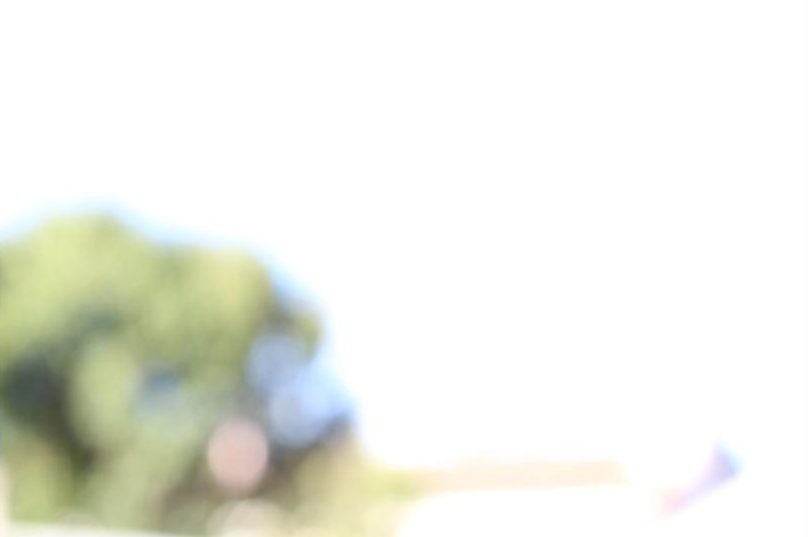
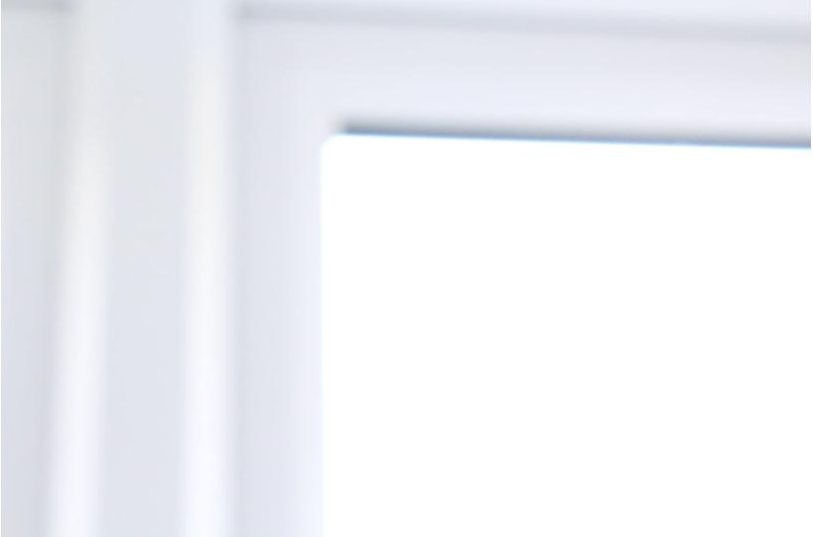
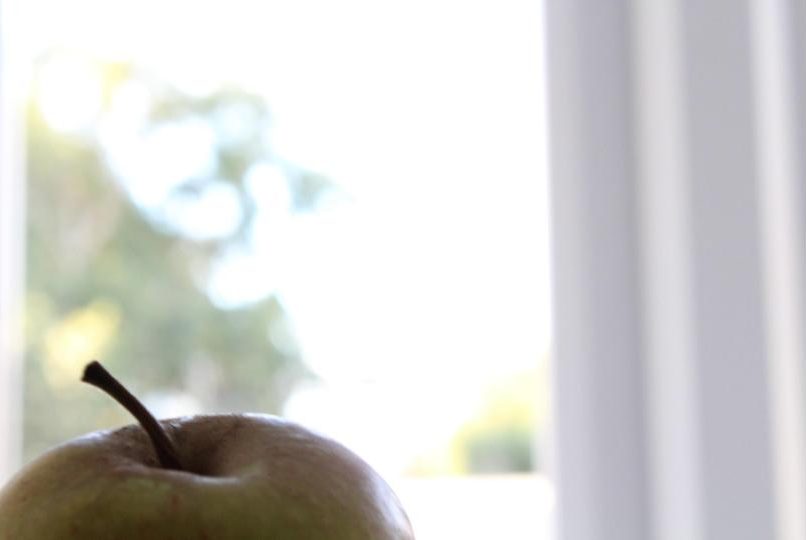
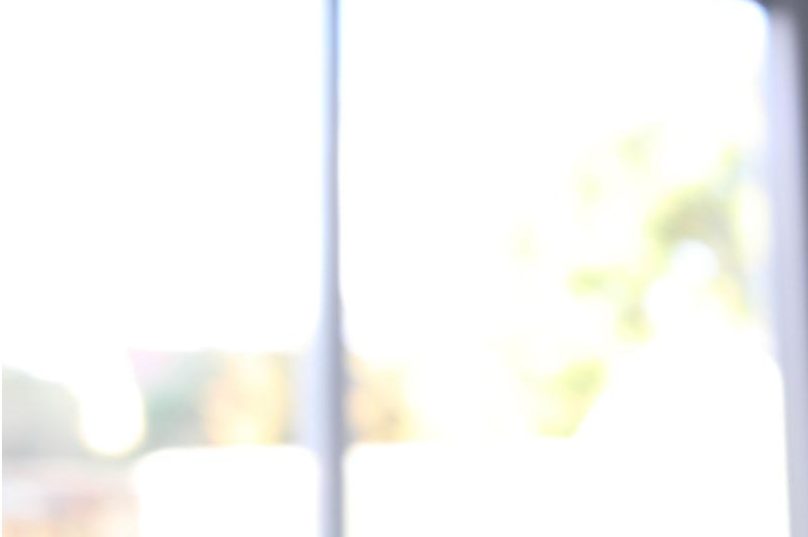
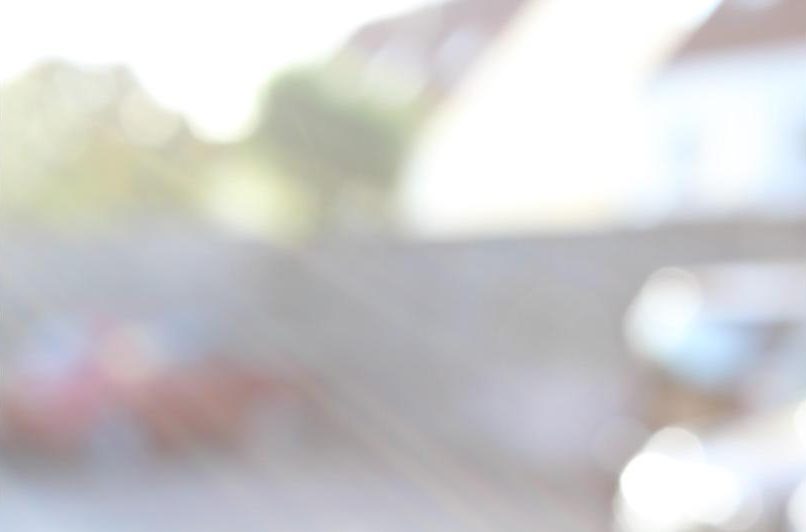
All of these images use the skills I developed after analysing the work of Uta Barth, including manually putting the camera out of focus, and adjusting the ISO setting to a higher number so that the images included the most light possible. All of these images used an ISO ranging from 3200 to 6400, and I manually adjusted the focus so that the subjects were as out of focus as possible.
I tried to take most images of naturally lighter spaces, as well of adjusting the ISO, these places included outside, and out of windows, to mimic the very light effect that Barth’s images give.

The subject of the above image is the corner of a window, and I zoomed the camera in so that I was only framing the top corner, abstracting the window. A lot of Barths work centres around using subjects such as windows that produce natural light, to maximise the amount of light in the image.

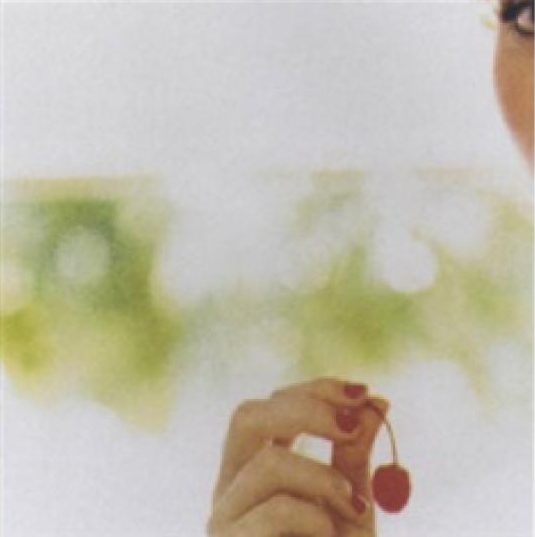
Barth sometimes uses subjects in her work that remain in focus, while throwing the background out of focus to draw maximum attention to the abstracted subject. The first image is my own, while the second is Barth’s, from which I took inspiration. This technique makes the image interesting, as it provides the viewer with a point to focus on, while also allowing them to remain curious about what is in the background.
I will be using this mood board in order to inspire and give me ideas for the upcoming homework, responding to Ralph Meatyard’s work. His work, is highly dramatic and produces only black and white imagery. It is simplistic and often up to the audiences interpretation, therefore when I do my own photo shoot, i will be focusing on capturing very minimalist photos that also show drama and mystery.











By now you should have generated plenty of images in response to abstract and formalist themes…

Ensure that you are incorporating the formal elements in your decision making process at all stages of the process…
Helmer-Petersen was a Danish photographer who was inspired by Albert Renger-Patzsch, the experiments at The Bauhaus in Germany and by Harry Callahan and Aaron Siskind at the Art Institute of Chicago. He achieved fame for his colour photographs but he also published several books of black and white images that explore dramatic contrasts of tone. In some, we are only presented with images that are black and white. All mid tones have been removed. He created and found these images, using both cameras and flat bed scanners to achieve the effects he was looking for. These books are beautifully designed and encourage us to consider the space around the image and the accompanying text as integral to the meaning of the work.
Click on the images for more…




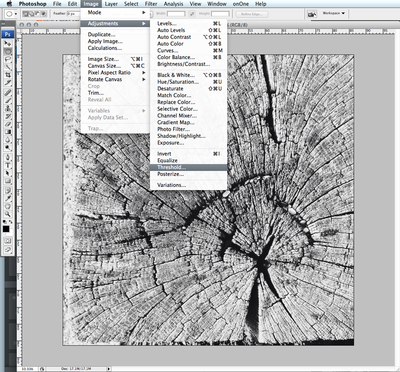




METHOD
Remember to use the model :
TECHNICAL -VISUAL-CONCEPTUAL-CONTEXTUAL
here are some helpful examples for you to work from…

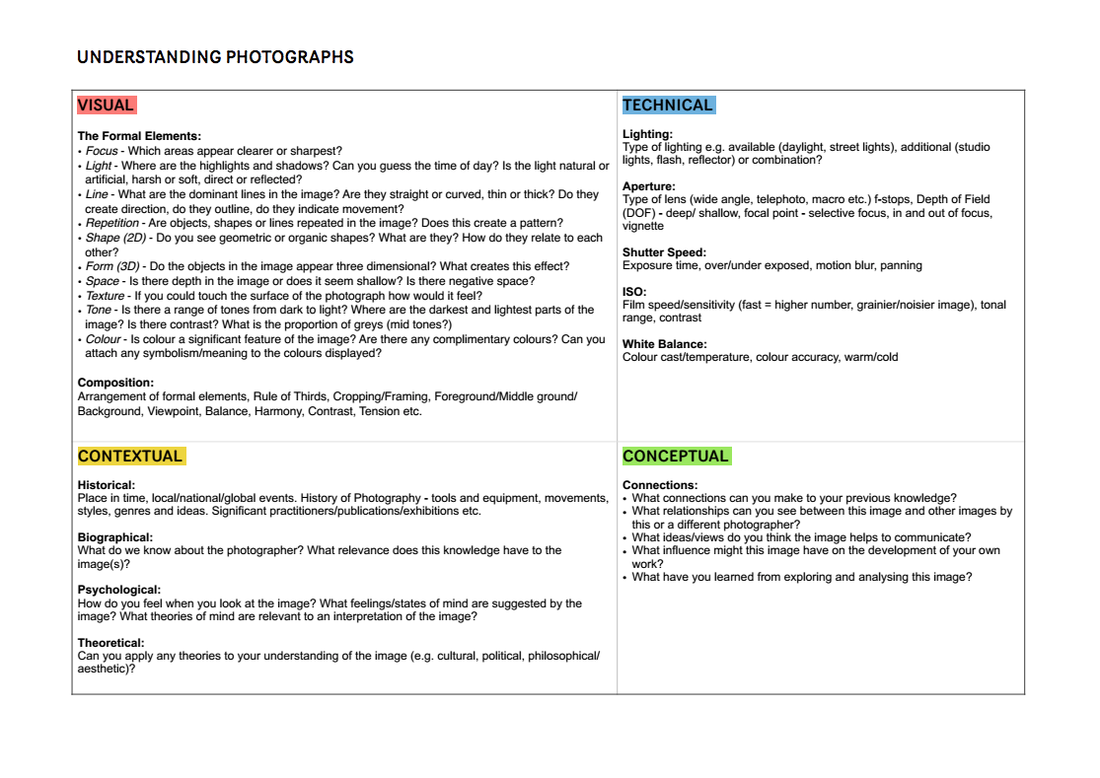
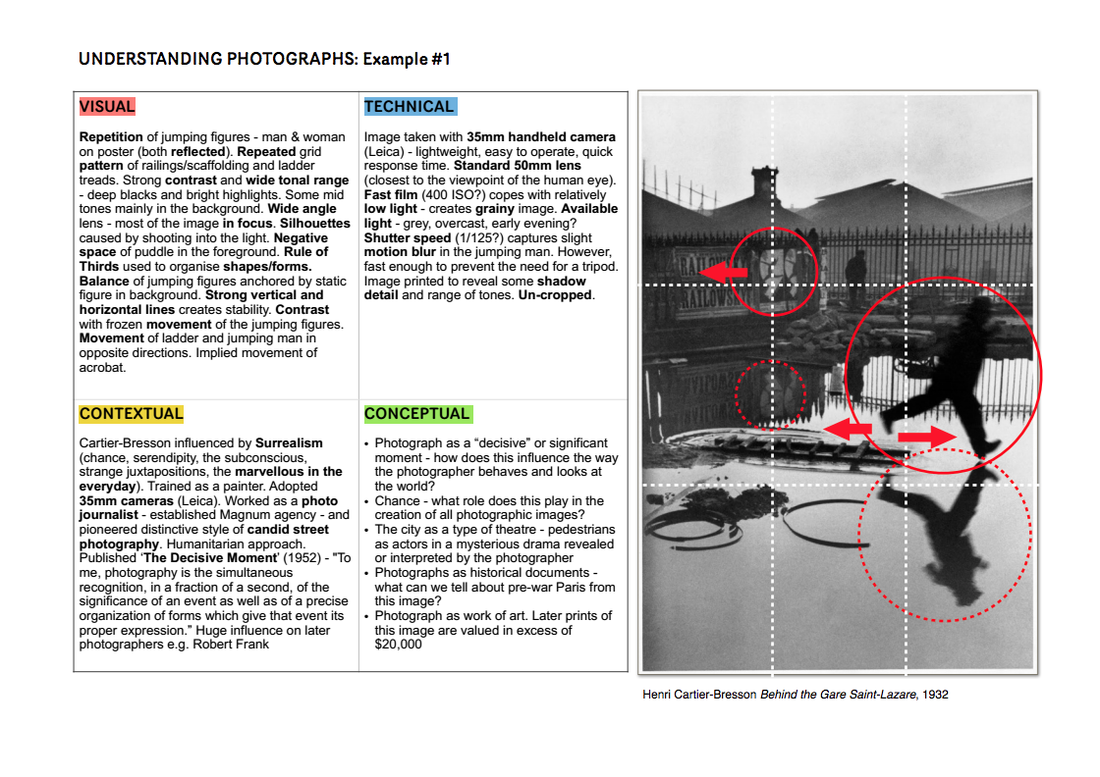
Now you must carefully select from your images, including homework photo assignments to decide what you will present as a Final Outcome (AO4). You must look at a range of presentation methods, and show in a range of blog posts that you can…
Deadline for final selection of printed images = Monday 15th October
Follow the 10 Step Process for each unit to ensure you tackle all Assessment Objectives thoroughly :
Keld Helmer-Petersen was a Danish Photographer who passed away on March 6, 2013.
He was born on August 23, 1920 in Copenhagen (the capital of Denmark) which is also where he grew up. He started taking photographs in 1938 when he received a Leica camera as a graduation present. The international prospect and an interest in contemporary art and architecture contributed to the fact that at the age of 23 Helmer-Petersen began to work with an abstract formal language. Inspired by the Bauhaus and Albert Renger-Patzsch, he published in 1948, the bilingual book ‘122 Farvefotografier/122 Colour Photographs’. Today, the book is considered to be a pioneering work in the area of colour photography.
Helmer-Petersen’s ‘122 Colour Photographs’ gave him a grant from the Denmark–America Foundation to study at the Institute of design in Chicago. During his stay at the school, he both taught and studied under the American photographer Harry Callahan. Helmer-Petersen began to experiment with the contrast in graphic black and white expression influenced by constructivist artists and their fascination with industry’s machines and architecture’s constructions.
Helmer-Petersen’s approach to photography was by and large experimental and explorative. He worked on the borders of what we normally consider to be photography. Among other things, throughout his career he worked with “cameraless” photography, the photogram (which is a darkroom technique in which objects are put directly on light-sensitive photograph paper). His curiosity about pushing the limits of the media was expressed in several experimental short films, including Copenhagen Boogie from 1949.
In his last works, Helmer-Petersen experimented with digital technology. In so doing, he returned to the black and white graphic expression. From 2008 up until his death, he placed a variety of old negatives and found objects such as insects, wires, etc. on a flatbed scanner in order to treat them digitally. This process resulted in the experimental trilogy: Black Noise (2010), Back to Black (2011) and Black Light (2014) which was published after his death.
My response:

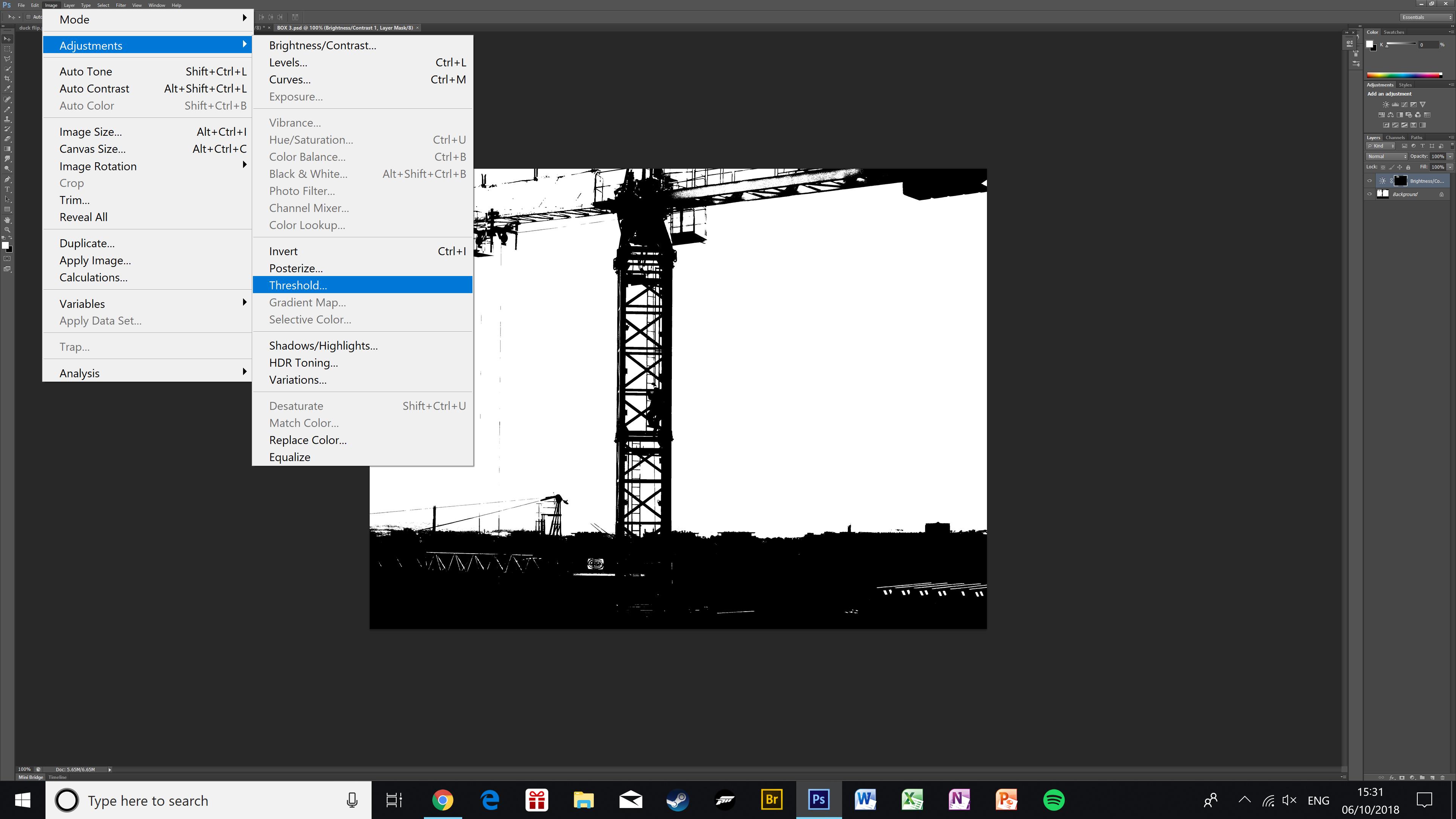
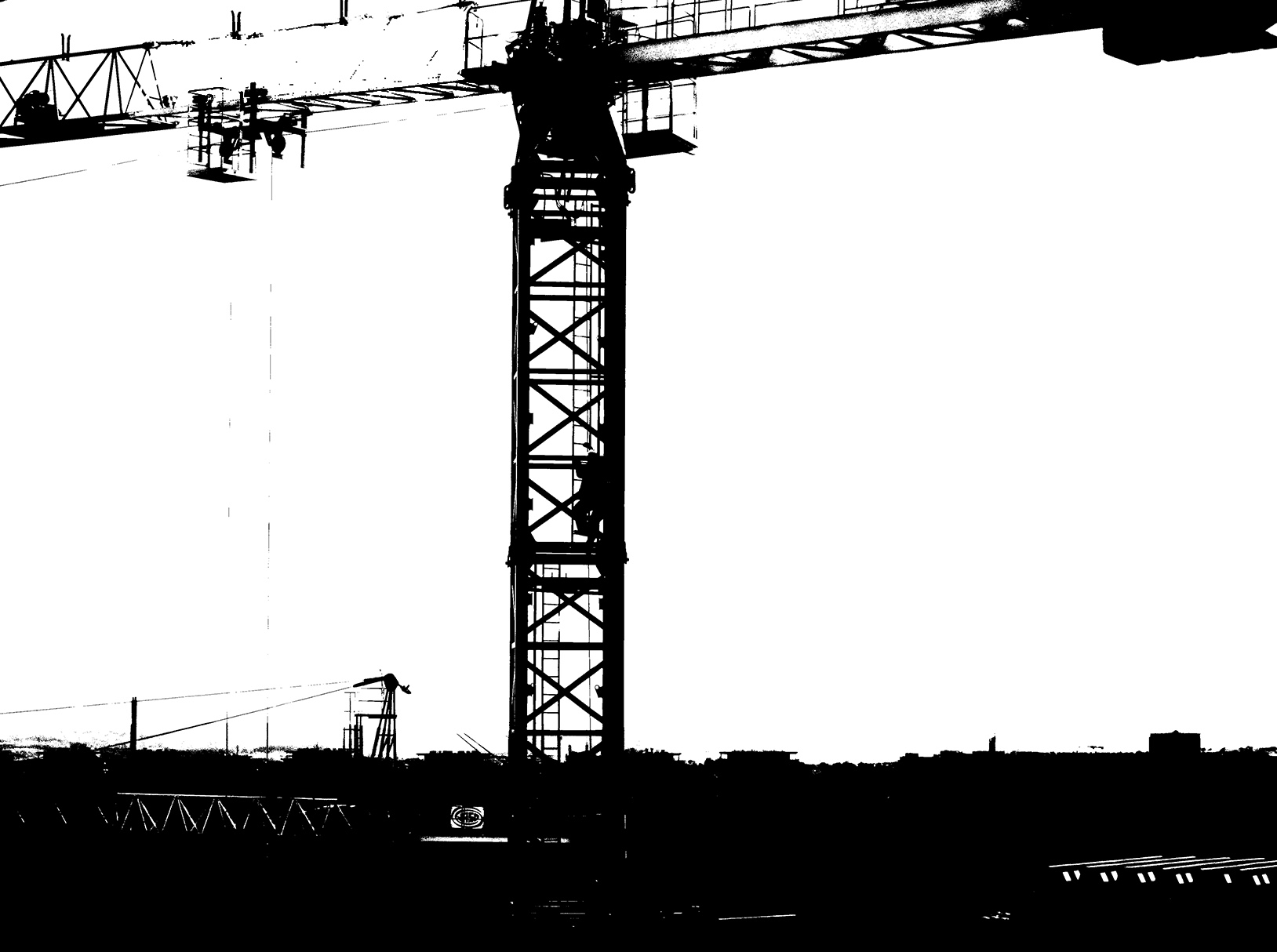
I have repeated this process for the following images to achieve the same style.



Ralph Eugene Meatyard was born on the 15th May 1925, in Illinois. At the age of eighteen he was forced to join the Navy, at the time of the Second World War. Lucky the war had ended before he was sent on an overseas assignment. Soon after the war he dedicated his studies into becoming an optician, but still continued with his passion for photography.
His photographic series ‘No Focus’ has combined his occupation with his hobby, showcasing what he was really passionate about. In this series the photographs are completely out of focus, reveling what it is like for blind people seeing the world. This powerful photographic series changed the way people captured photographs, as it went against the stereotypical techniques we would use to capture an image. His work within this series is very inspiring to photographers as it shows that experimentation with the camera is vital part of photography, and that breaking the stereotypes can actually result in effective images.
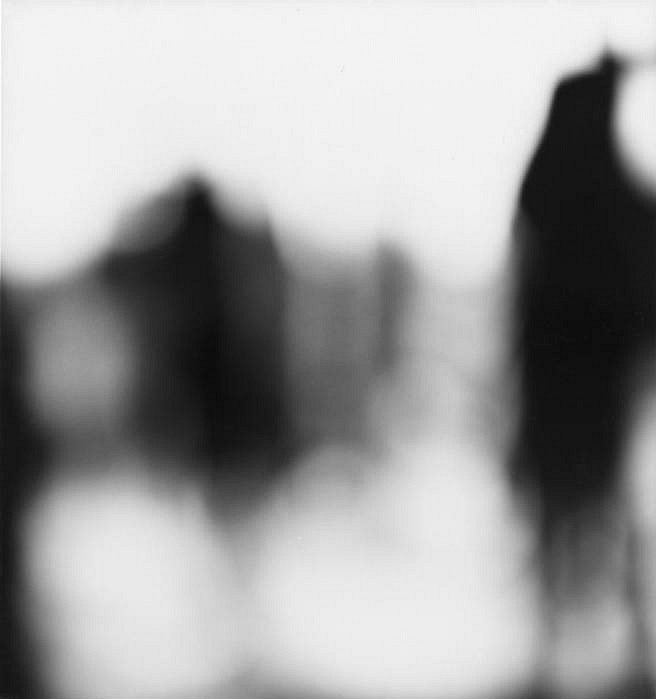
This photograph has been taken to be apart of Meatyard’s ‘No Focus’ series. As mentioned before the whole frame is out of focus, reveling what it is like to be blind. The first thing my eyes are drawn to is the silhouettes, which seem to be of people or a building. Due to us not being able to tell what the silhouettes are, makes this image more effective as we are left questioning what it is. Therefore it is a more memorable photograph. Moreover, it shows the reality of people’s lives, making an emotional attachment between the image and the viewer. My eyes are then drawn to the light source, which is located at the bottom of the photograph. The main formal elements which are being presented in this photograph is shape, tone and texture, which are all being presented through the silhouettes. All the images within this series are presented as black and white, which contextually shows the period of time when the photograph was taken. It suggests that this image was captured when coloured images could not be captured. Due to the images being in black and white it allows the different tonal regions to be much clearer, and allows the silhouettes to be seen much easier. The overall image is quite dark which suggests that the white balance of ‘cloudy’ could have been used in order to make it darker. Furthermore, the dark images creates a cold temperature to the images, due to this the overall image is seen as much more dramatic and hard hitting. The aperture used to capture this image is also likely to be quite small, in order to not allow much light into the lense resulting in the overall image to be much darker. In contrast the ISO could be high as there is a lot of noise in the image. However, the noise could be created from the focus, resulting in the ISO to be low. The shutter speed used could be a slow shutter speed, which would create a blur, adding to the overall out of focus effect. Conceptually, the photograph is trying to distort the viewers eye sight, outlining the life styles for those who struggle to see, presenting the reality of others within one image. Overall, Meatyard’s photography within this series are well thought out and portray a very powerful meaning.
Planning
For this photoshoot I am hoping to capture my images during the day, in order to use the sun as my natural lighting. However, I would like to capture some of the images at night which will add to the dark and gloomy effect. Possible locations that could work for this photoshoot are forest, office, building and street. I am quite looking forward to capturing these sorts of images, where the frame is out of focus, as I believe I will be able to be creative with what should be turned into silhouettes and what should actually be in the frame. Looking ahead of time I would like to keep the edits simple, I am thinking about just turning the images black and white and levelling them.
Contact Sheets

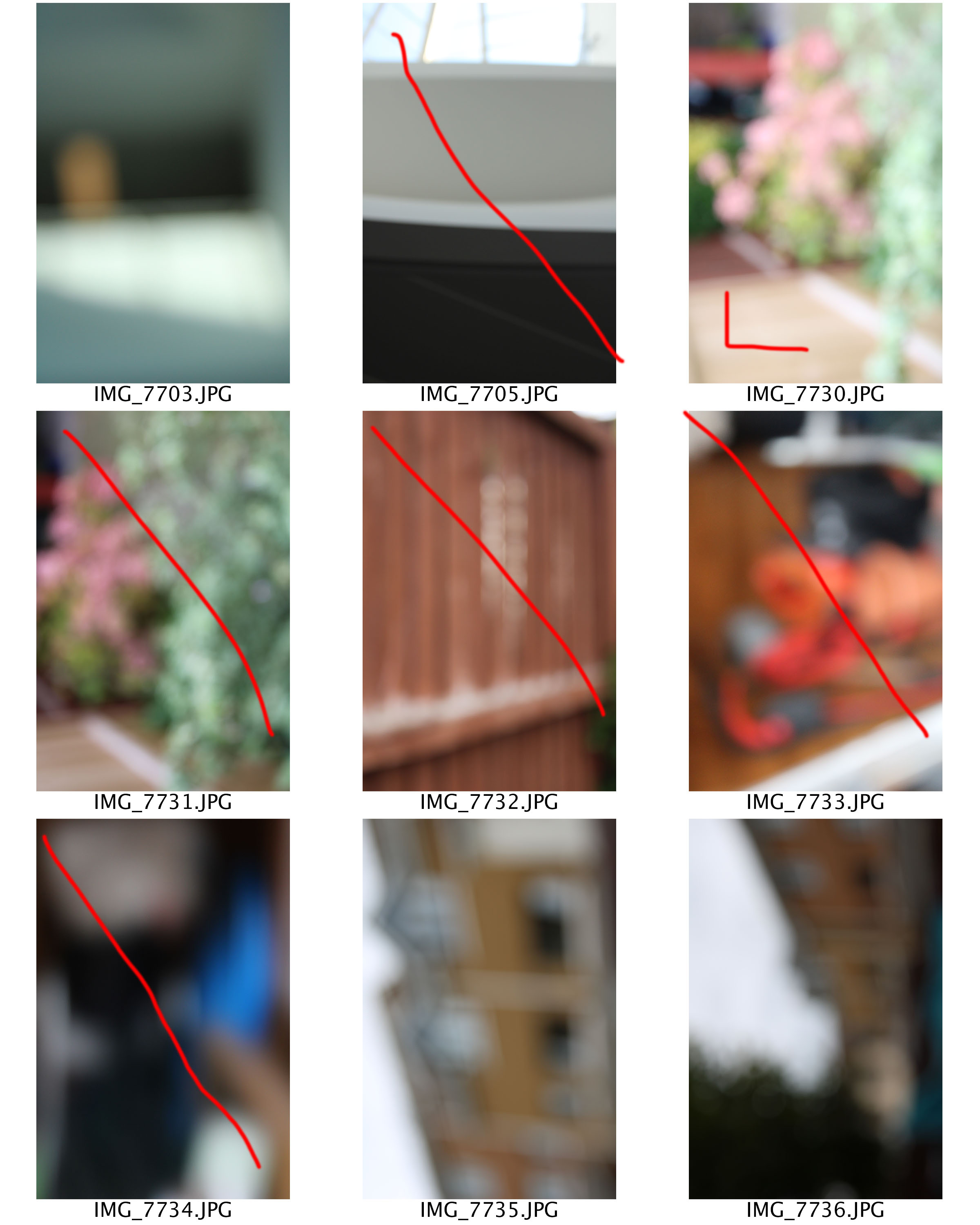


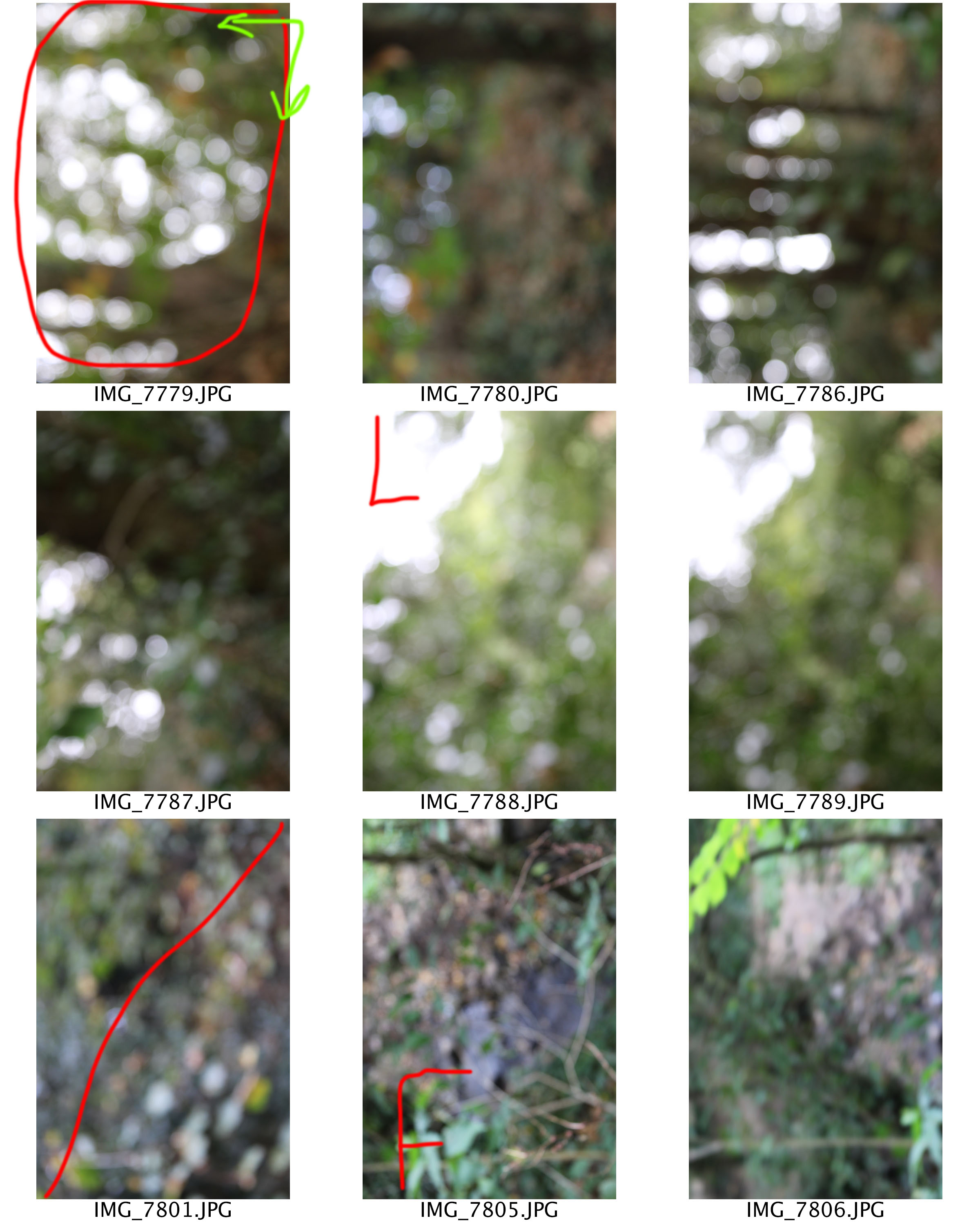

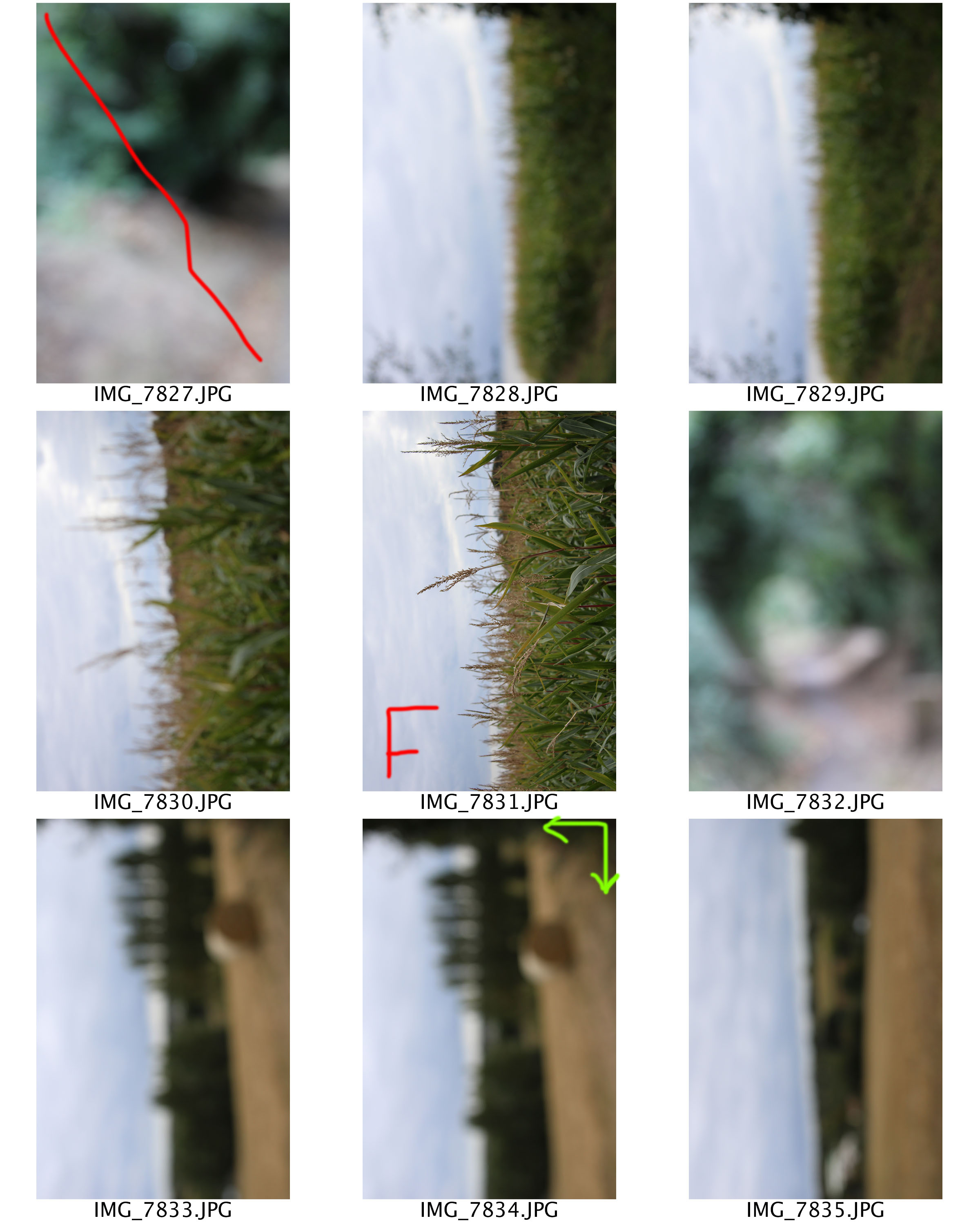

Edits
As mentioned in the planning the aim of these edits where to keep things simple. To start of with I levelled the images slightly darker than usual, to allow different tones to be shown and the light patches to be brighter. I then turned the photographs in to black and white by lowering the saturation. I am really happy with the way these three edits have come out as they create the similar blur/distorted effect that Meatyard’s photographs did. I also believe that these three images successfully meat the aim of Meatyard’s series ‘No Focus’, thus resulting in this photoshoot being successful.
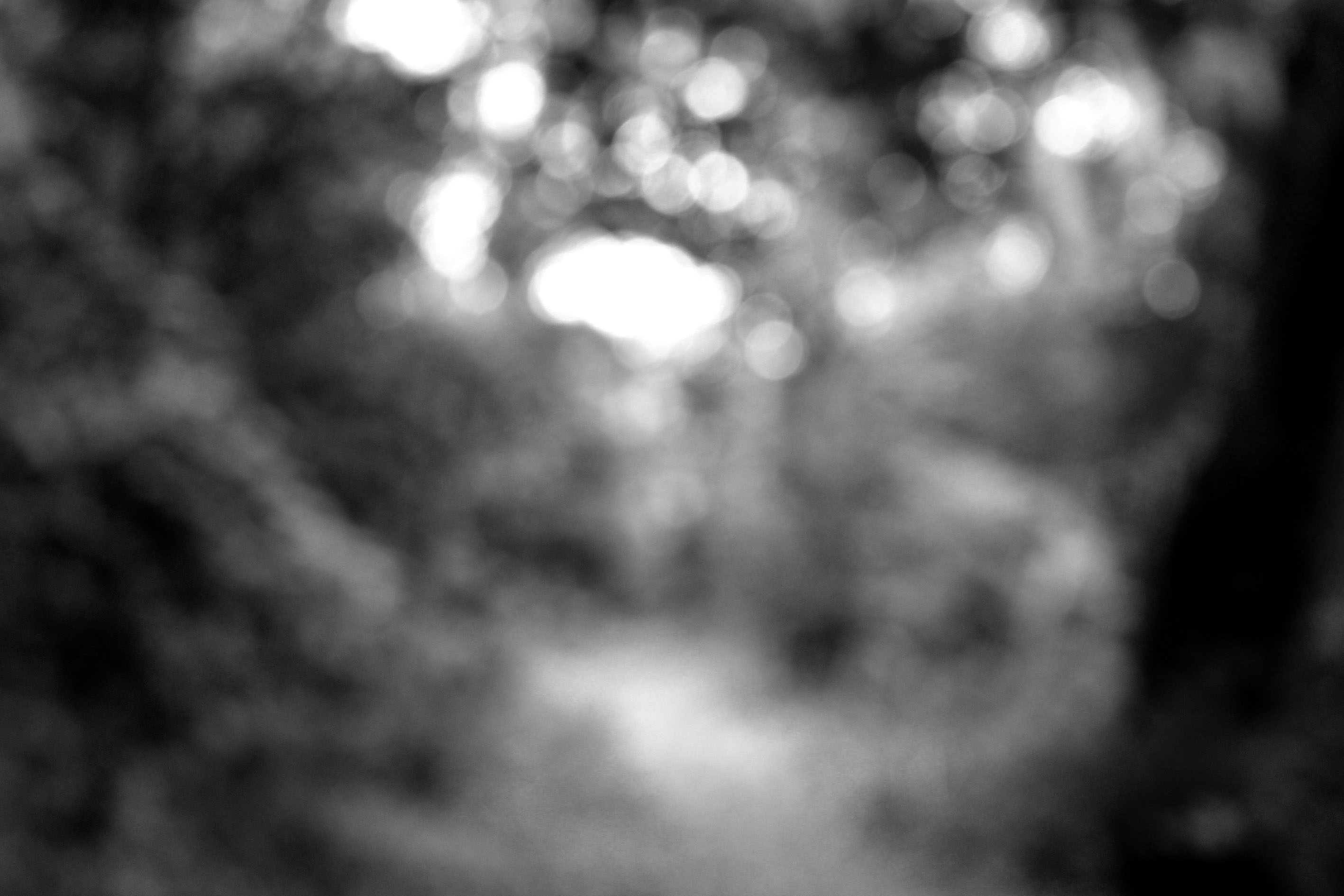
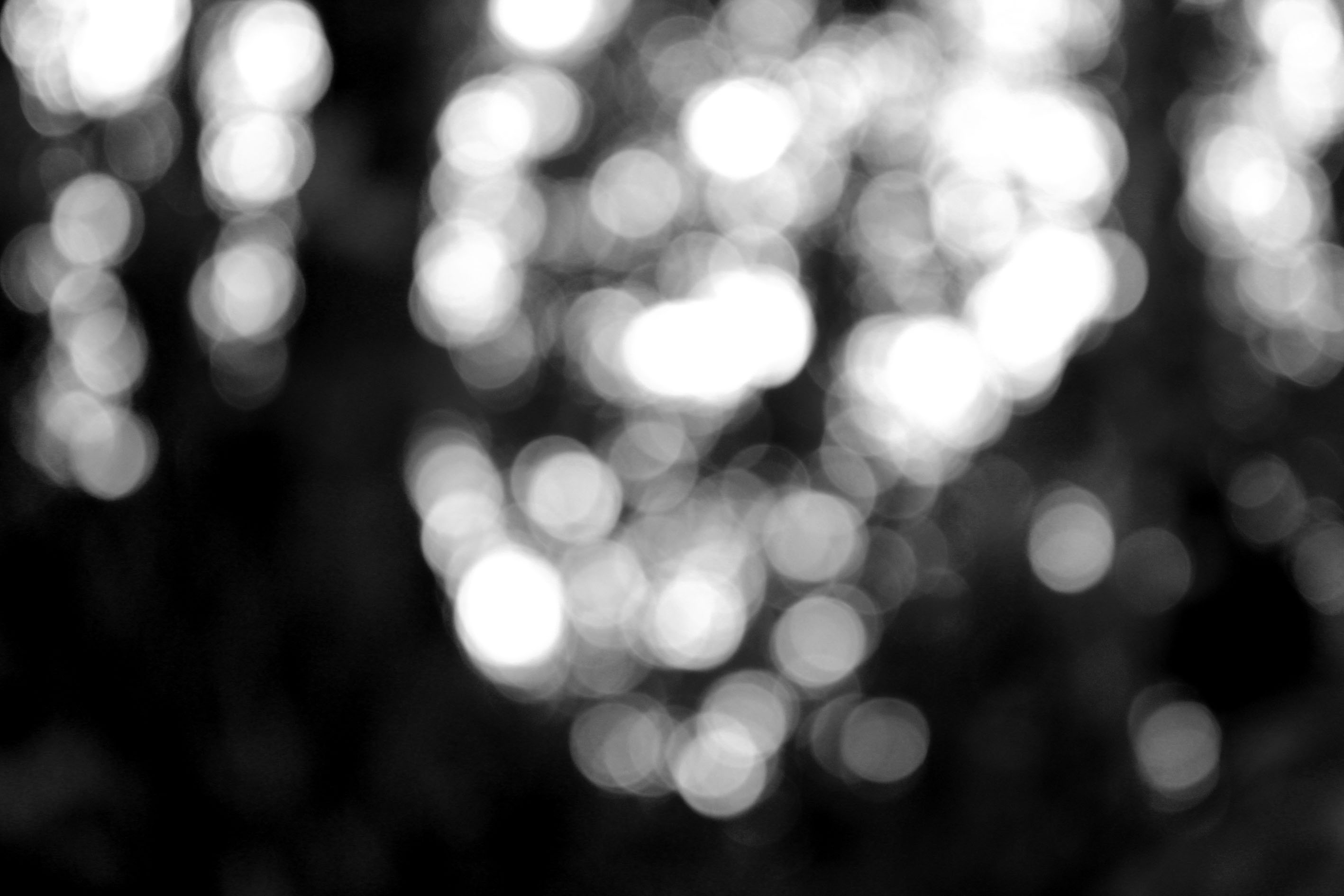
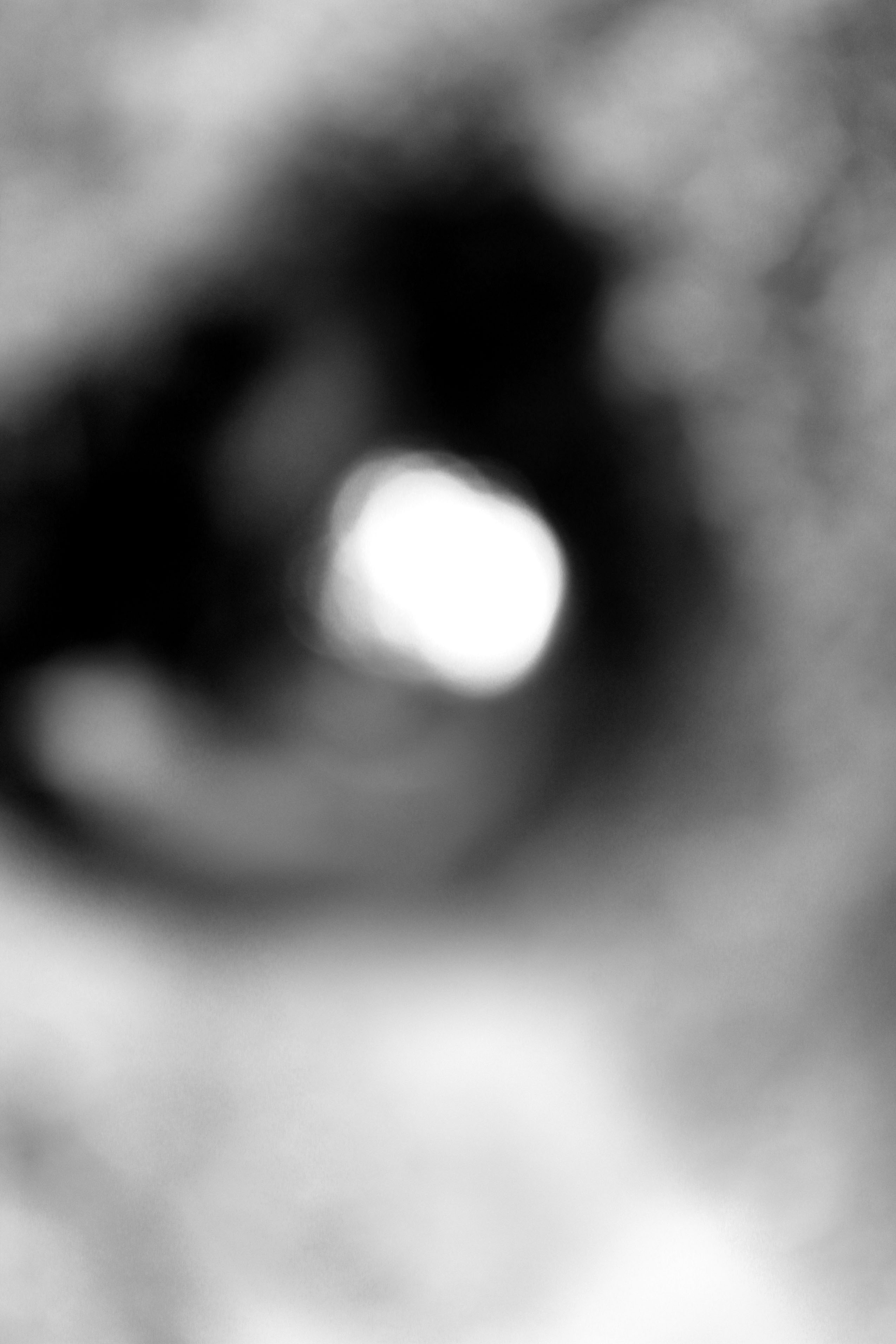
Another photographic series that Ralph Eugene Meatyard has produced is called ‘Zen Twigs’. Within this series, we are able to see Meatyard experimentation with depth of field and focus. The title of the series is ‘Zen Twigs’ which is a unique name. It suggests to us that the twigs are in a peaceful state, as Zen means a state of peace and meditation. Before looking at the images in this series viewers are able to predict that the main focus point will be of twigs, due to the name of the title.

Looking at this image, we are able to confirm that the main focus point (subject) is the twigs which are located in the centre of the frame. Due to this being the main focus point it us where the viewers eyes are first drawn to. They then follow the twigs line, which moves their eyes out into the blurred background. Due to this it implies that the image has a narrow depth of field. This also means that the aperture of the lense is likely to be low in order to help capture the blurred background. This image is also presented in black and white, which outlines the different tonal regions within the image, making the depth of field more noticeable to viewers. The image being in black and white contextually shows the period of time when the photograph was taken. It suggests that this image was captured when coloured images could not be captured. Moreover, the formal elements which are being presented in this in this photograph are line, tone and texture. These are all shown through the twig which is gradually becoming out of focus. Due to the foreground of the image being in focus, it implies that a quick shutter speed has been used. We are able to see a clear link between the title of the series and the images, this is because the twig is seen very still and in focus (alone) which shows a sense of Zen. Conceptually, the twigs are used to create peace and a sense of relaxation between the viewers and the image, creating an emotional connection. I really like the images within this photographic series, due to the simplistic techniques used making the subject detailed. I also like the peaceful mood which is presented through the image, as it is easy to look at.
Planning
For this photoshoot I would like to use natural lighting, in order to allow the twigs to seem more natural and it will provide context to the images. To capture the photographs I am going to go into the woods and aim to capture as many interesting twigs I can see. I am going to attempt to use depth of field, focus control and leading lines within this photoshoot in order to make the images interesting and like Meatyard. Moreover, I will keep the edits simple, like the first photoshoot, in order to make my work look more like the artist.
Contact Sheets
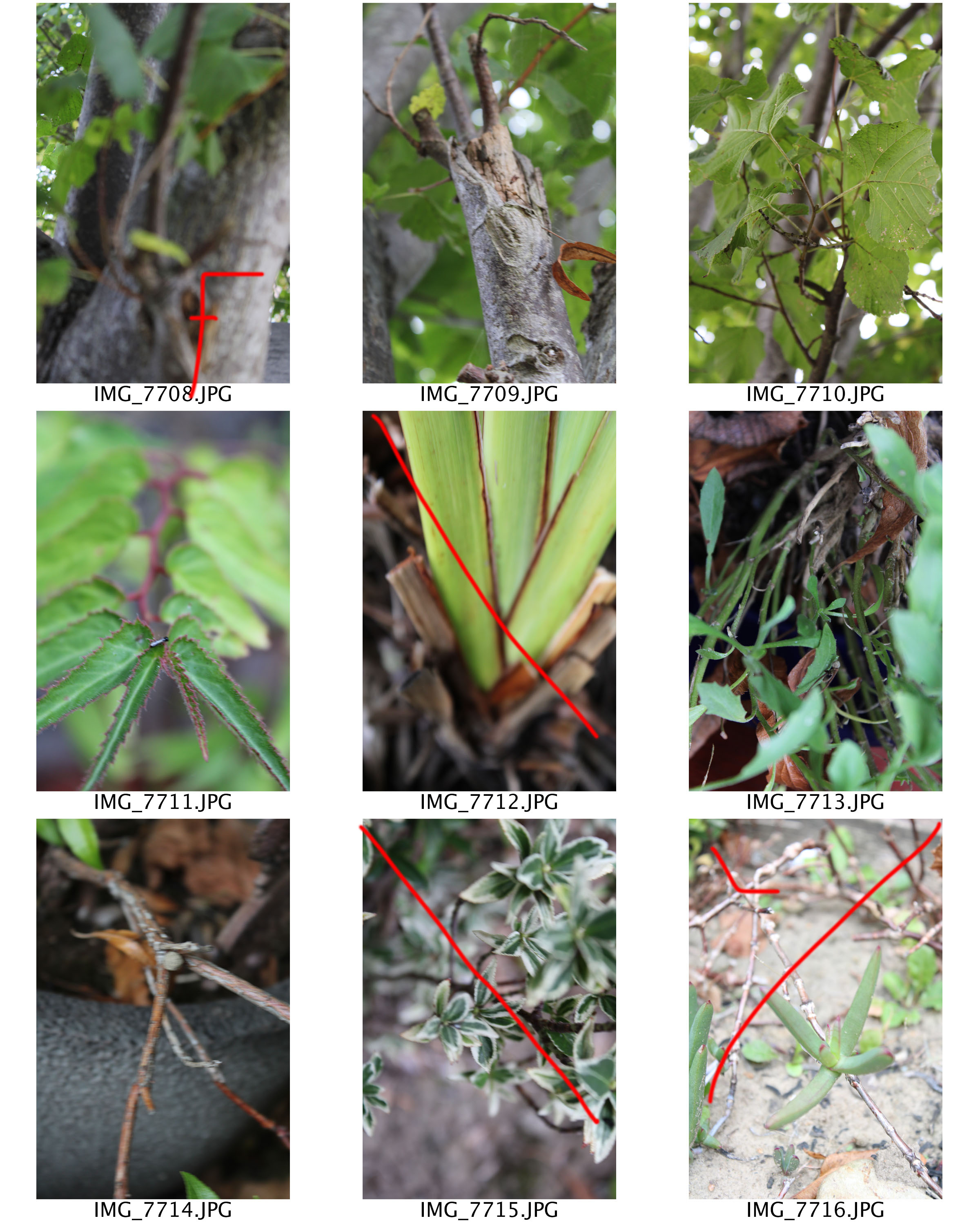
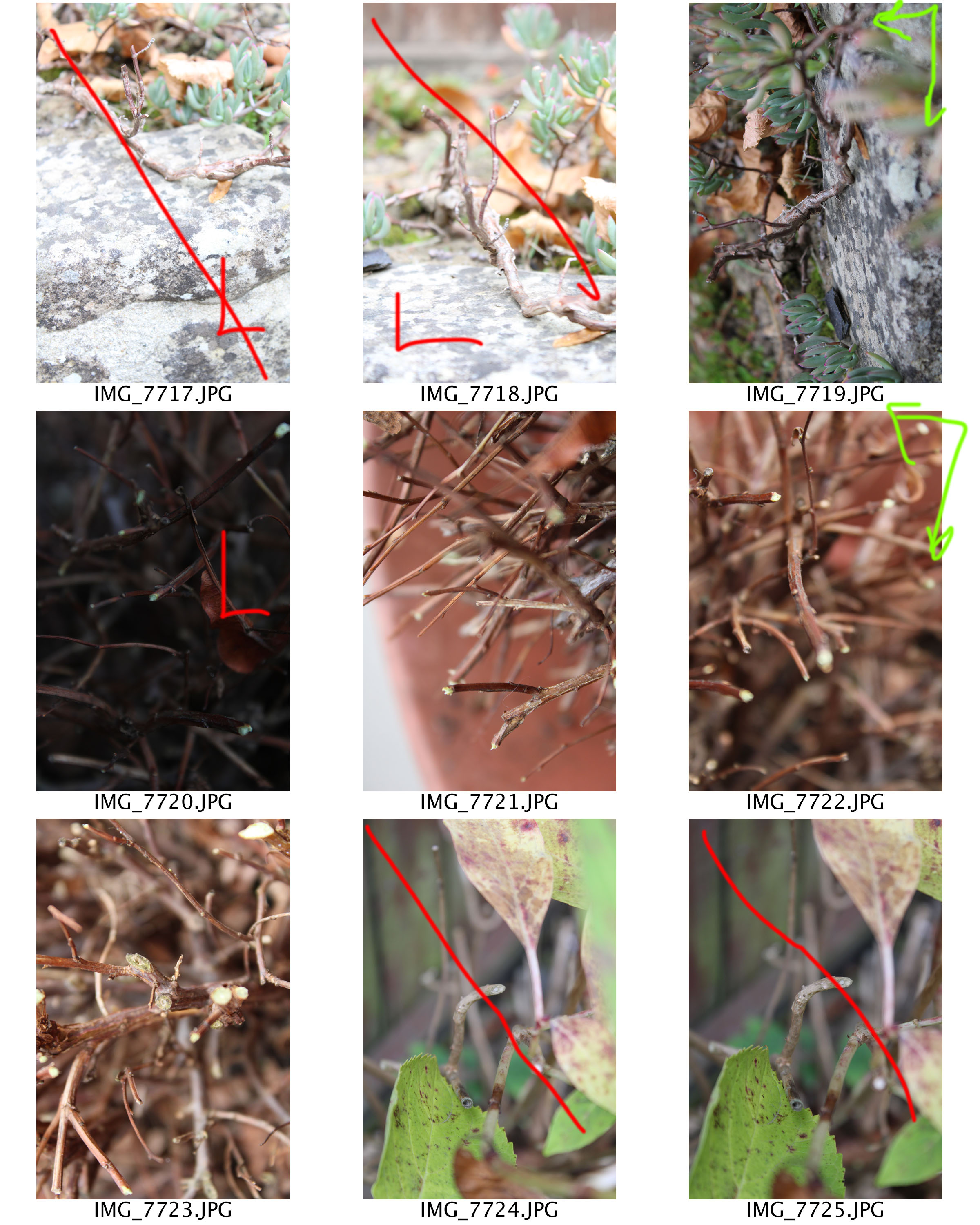


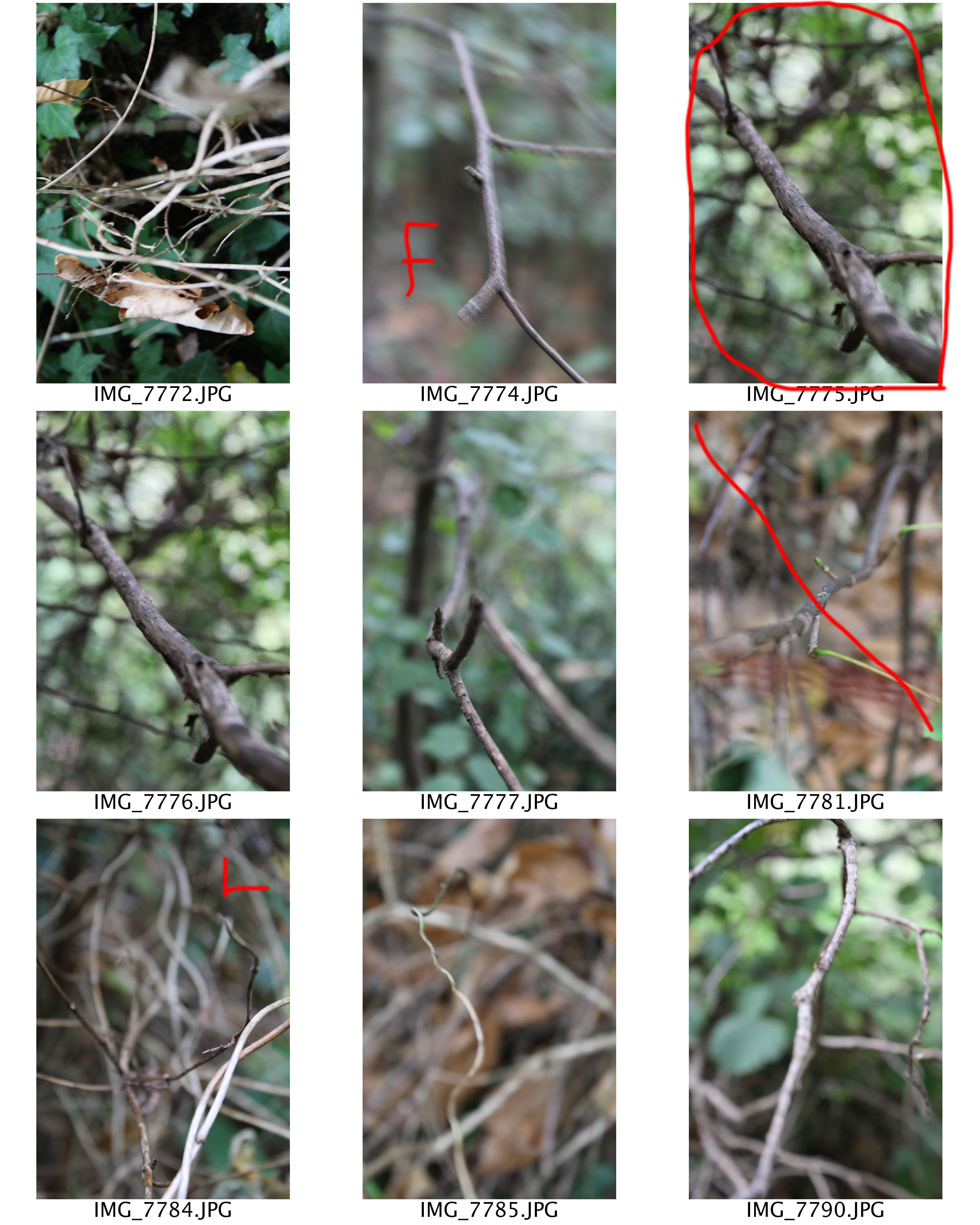
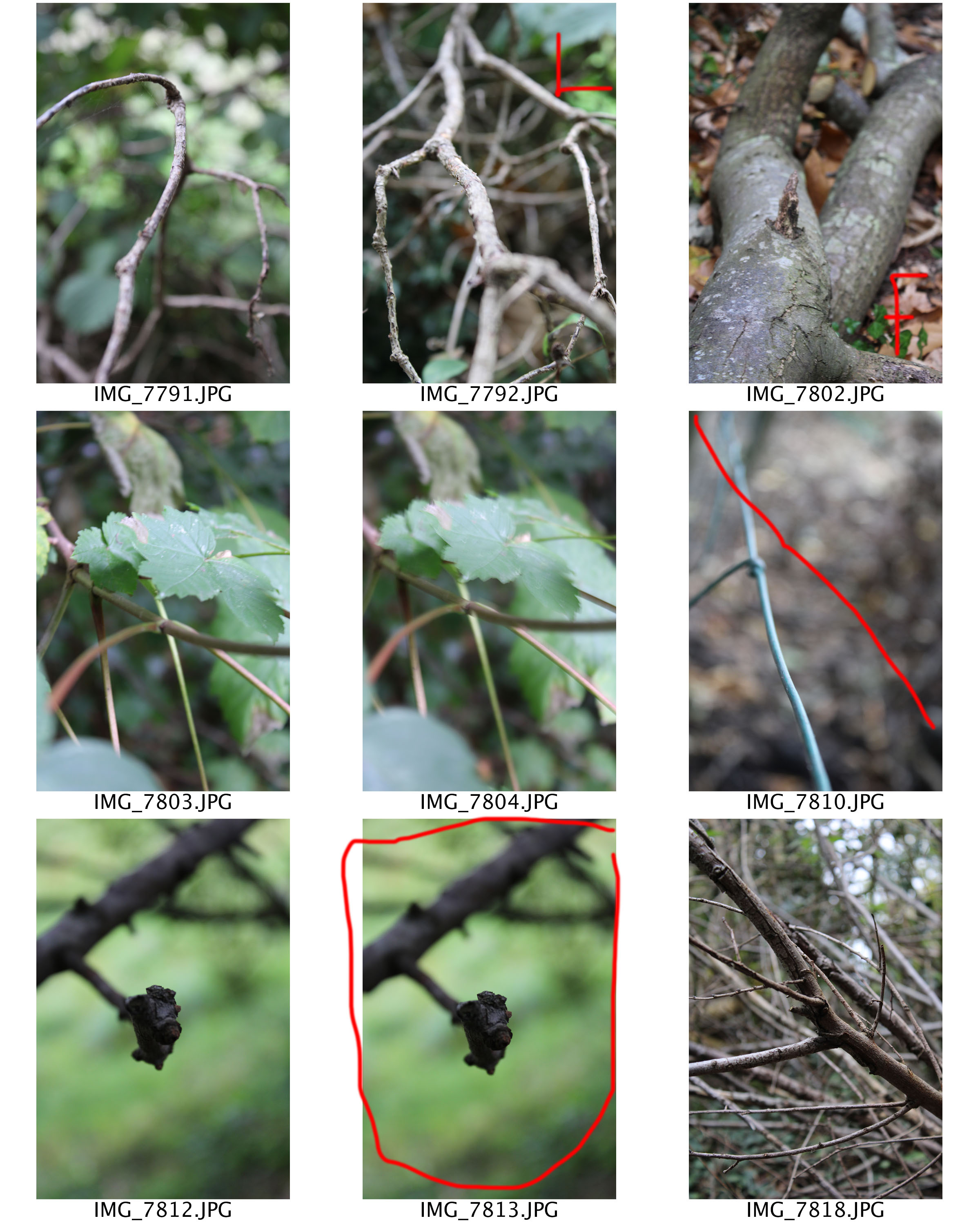
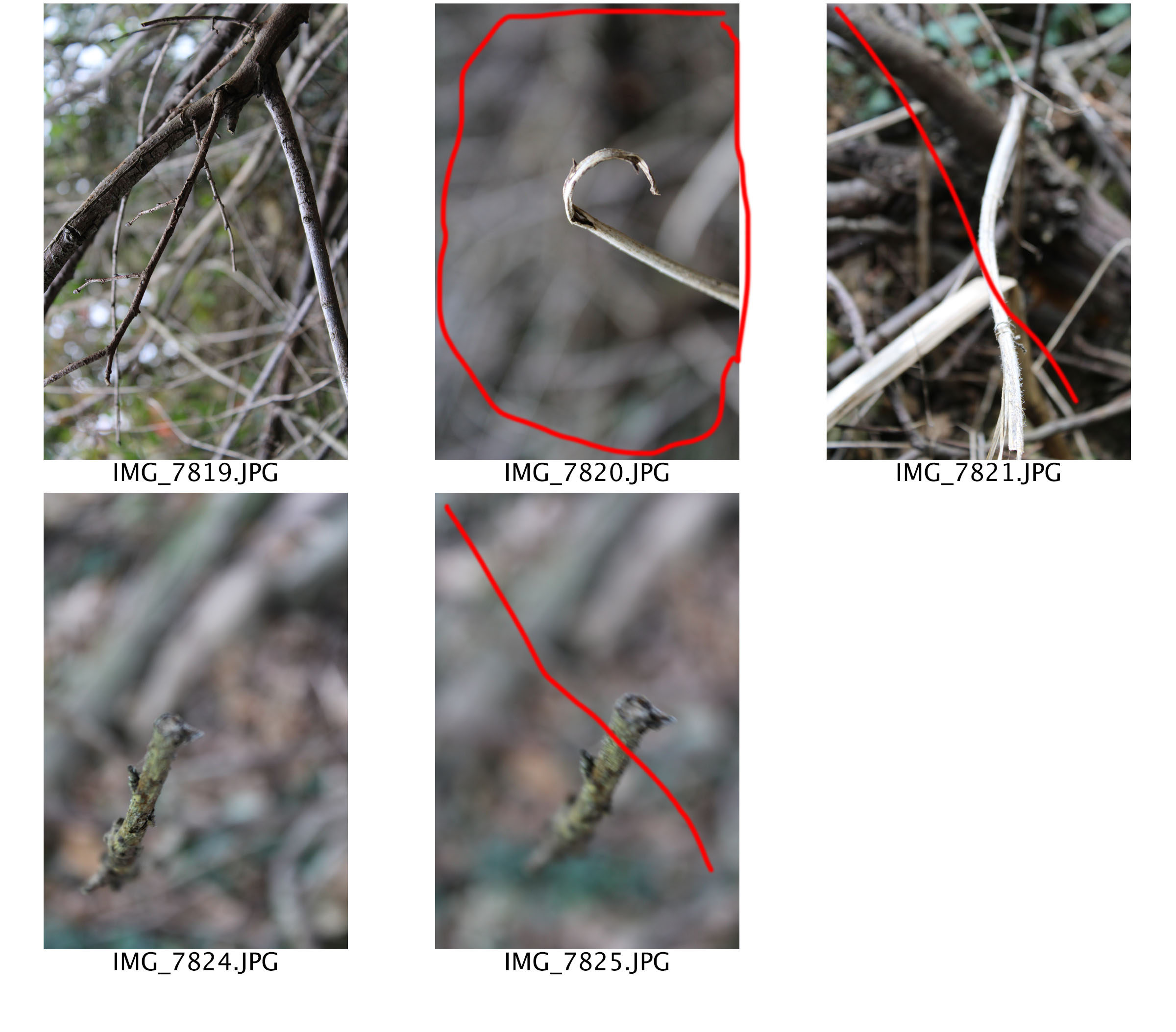
Edits
For all of these edits I decided to level the images, allowing the different tones to stand out more and make the images seem sharper. I then adjusted the curves, in order to support the effect I mentioned above. I then turned the images into black and white, like Meatyard did. I am very happy with the way the edits have come out as I believe that I have produced some strong responses to Meatyard’s work. I have been able to use the skill of manual focus, depth of field and leading lines, which has definitely improved these images.

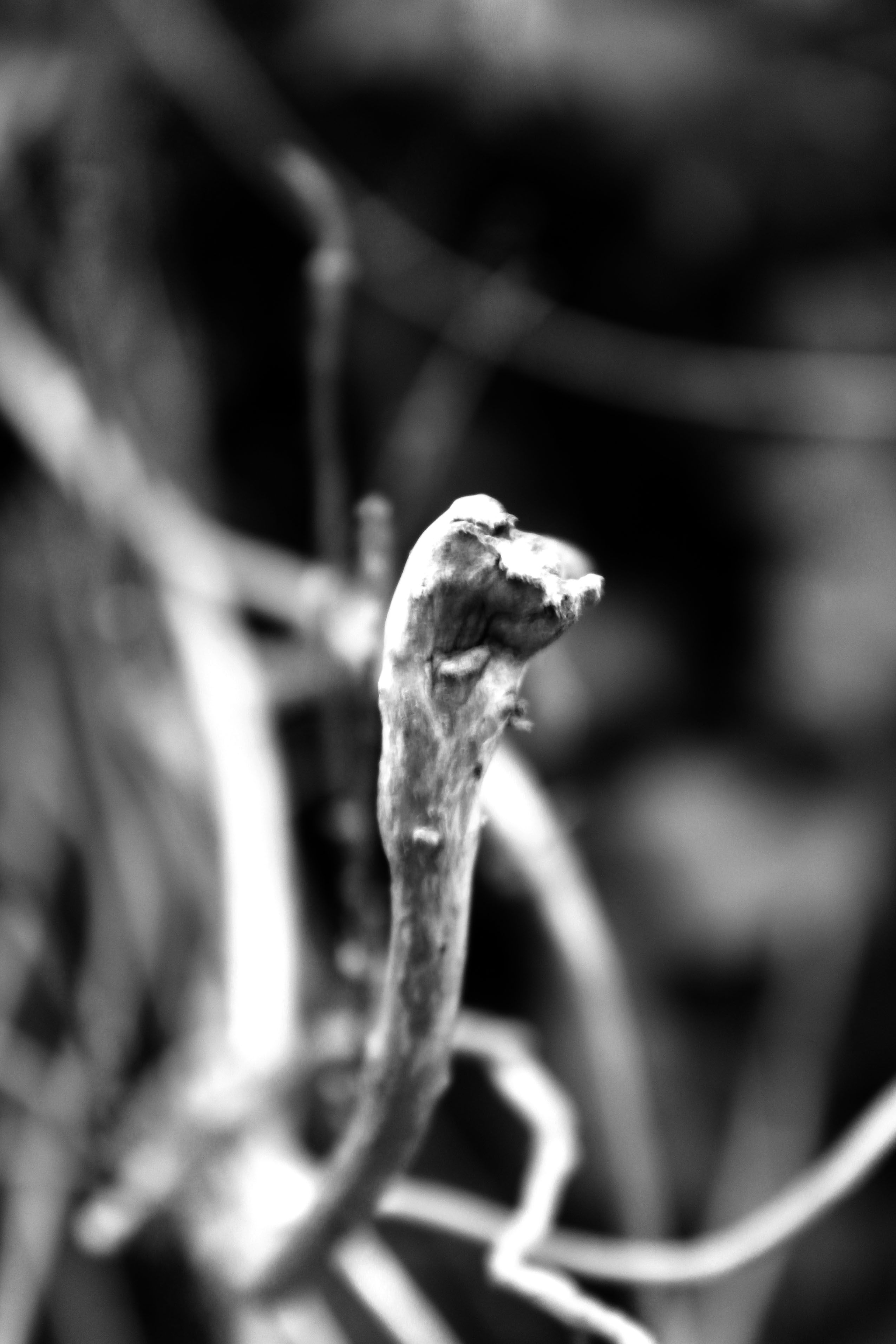


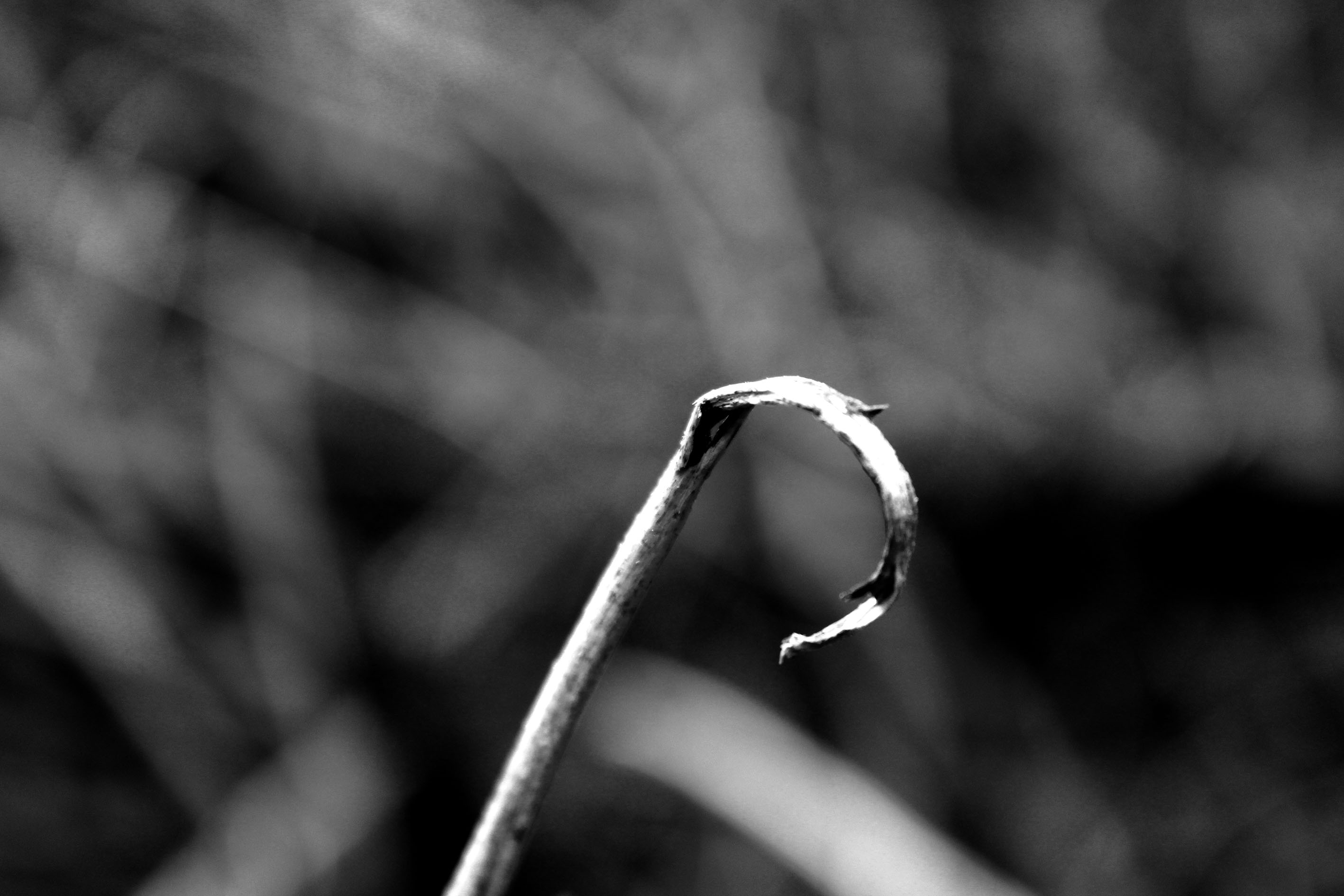
The next technique I will be experimenting with is a “kaleidoscope” technique. For this method, I will be duplicating and copping my image to reflect it 4 times to create an unusable visual affect, similar to looking through a kaleidoscope. Below are the steps I took in order to achieve my final image:

Firstly, I opened up my image so that I was able to modify it. First the changed the canvas size by doubling the width.
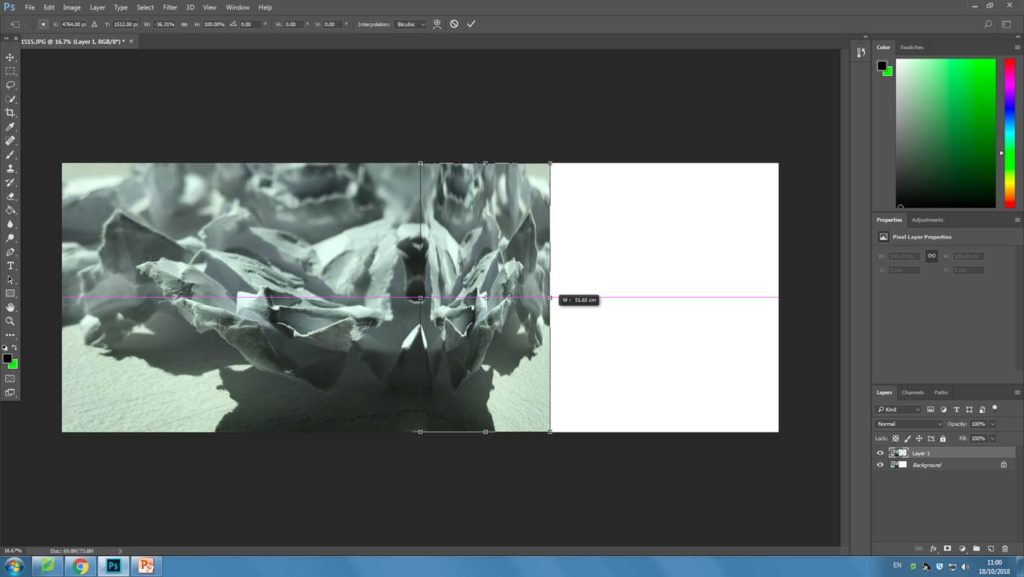
Next, I pressed Ctrl + t to be able to drag out the second layer that I had copied to create the image in the screenshot below:
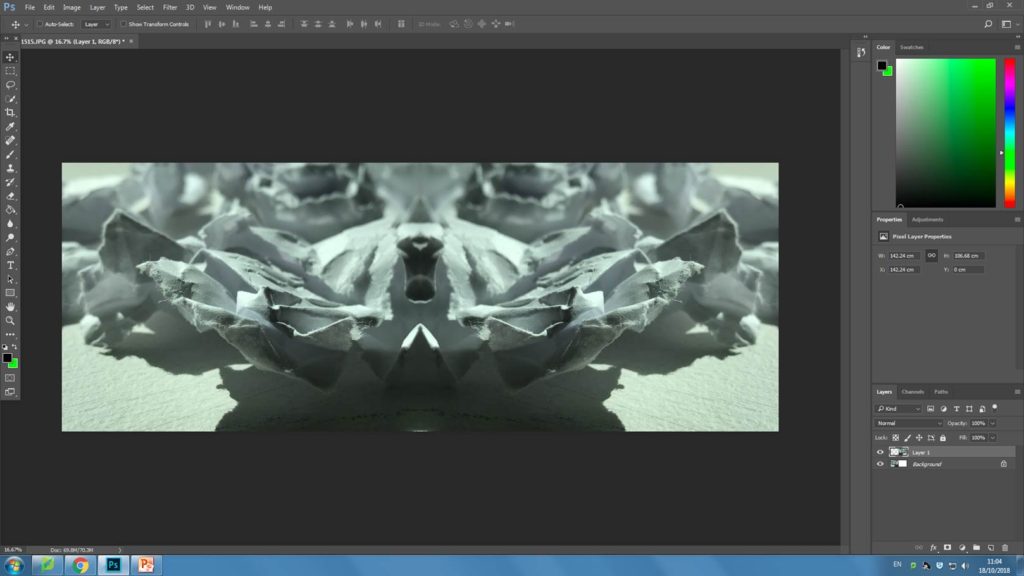
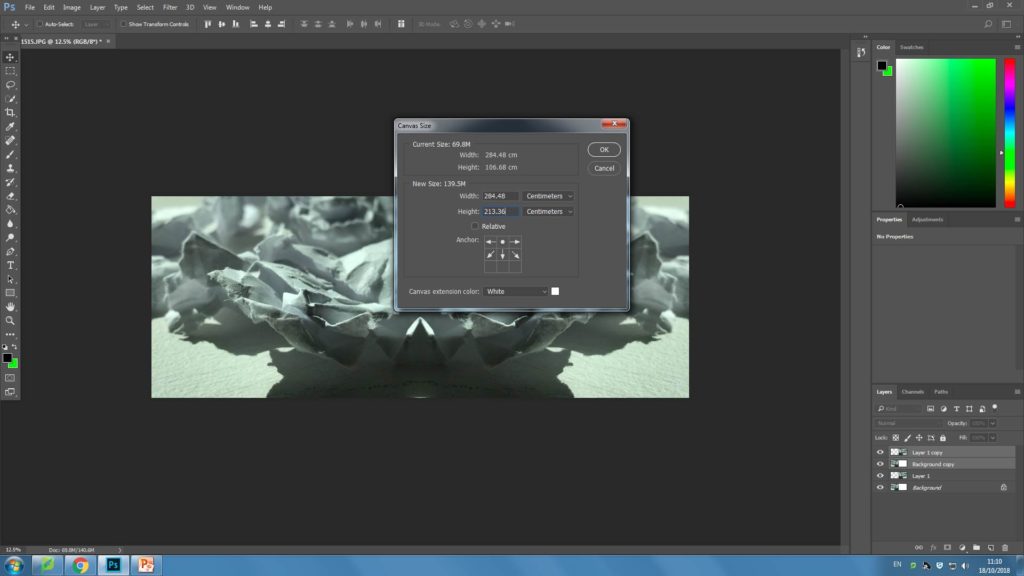
Next, I also doubled the length of the image above.
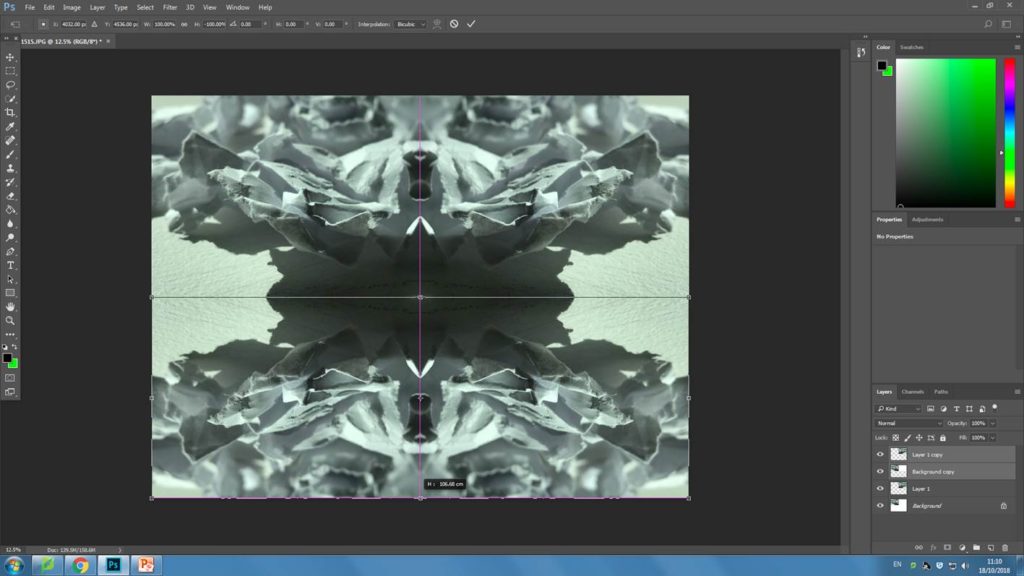
I then repeated the previous steps and added another layer, the dragged it down to complete the picture.
Original image:
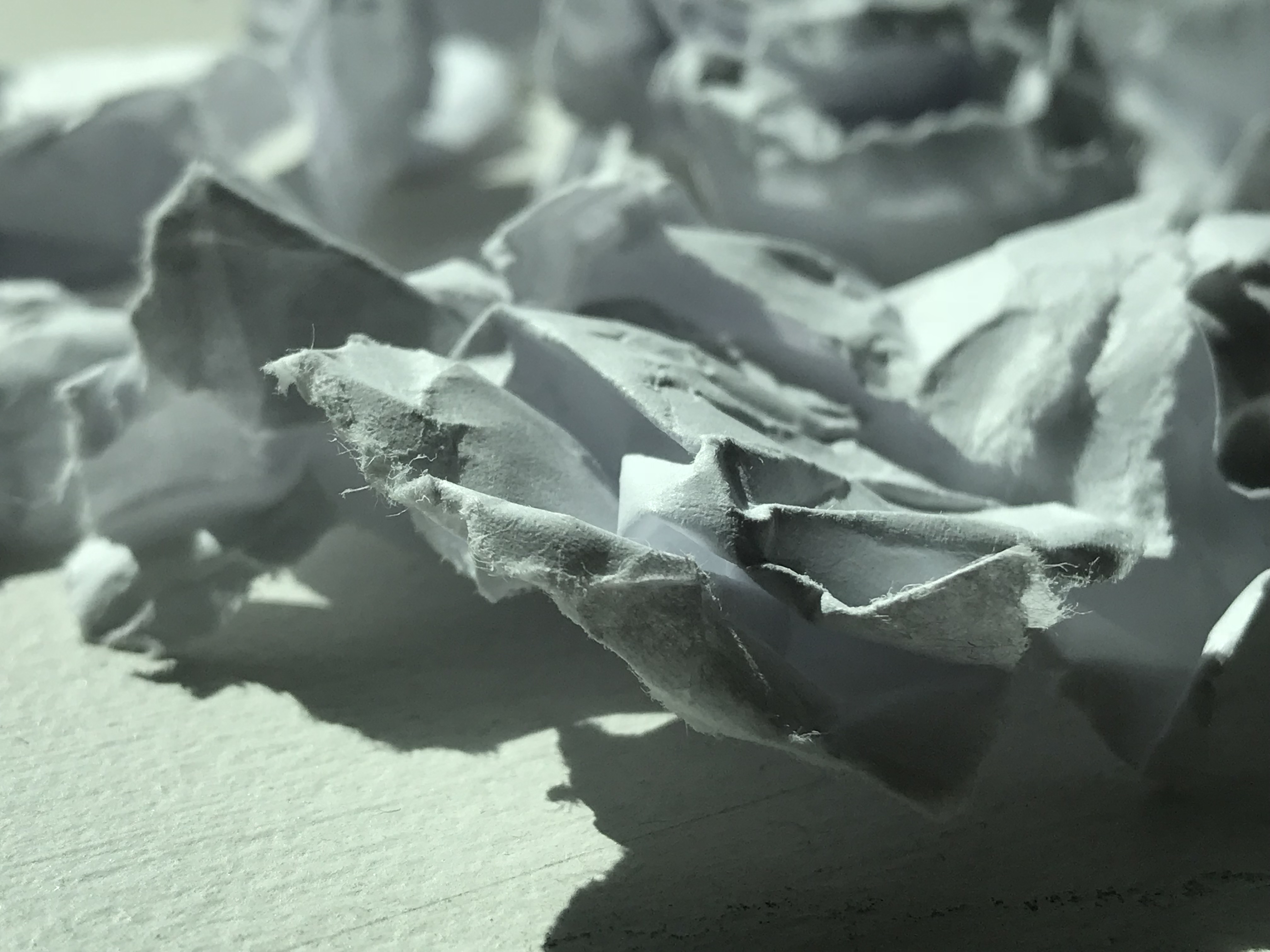
Edited outcome:
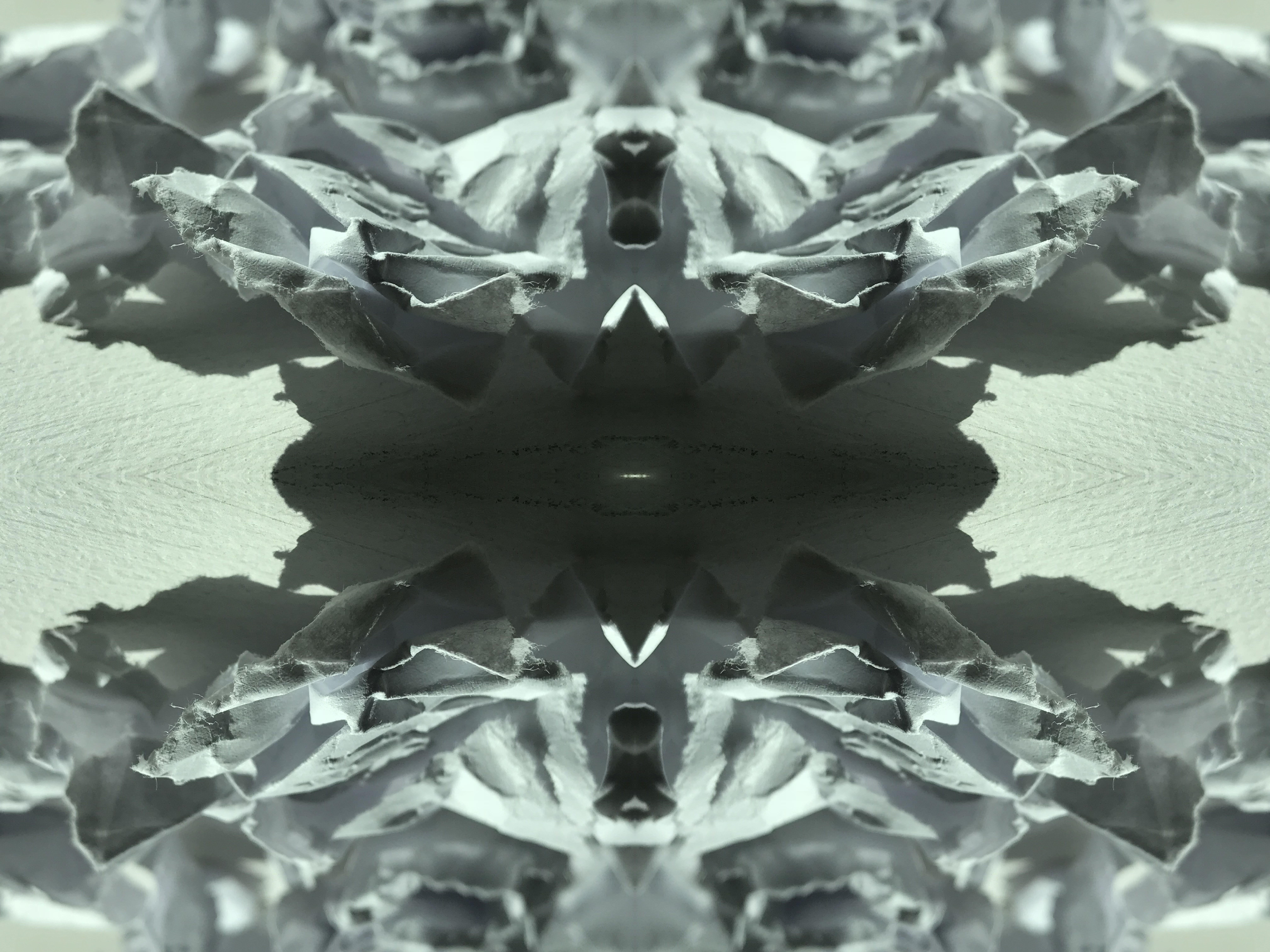
I really like the effect I was able to achieve using Photoshop on this particular photo. In my edited outcome the image has been reflected a few times. I think this definitely helps my image fit more into the abstract theme, as now that it has been manipulated it is a lot harder to tell what it is at first. I think this effect definitely helps the image become more pleasing to my audience as the image now has more of a symmetry to it, which perhaps makes it more attractive.
Here I will be experimenting how to make my images more abstract by using a Photoshop technique where I purposely cover most of my image, and then reveal selected parts on my image. I think this is a very interesting technique as it means that the photo will be a lot more mysterious as most of it will be covered.

Firstly, I chose the image I wanted to use. For my first attempt I chose this image that I took during the Martin Creed inspired part of the unit.
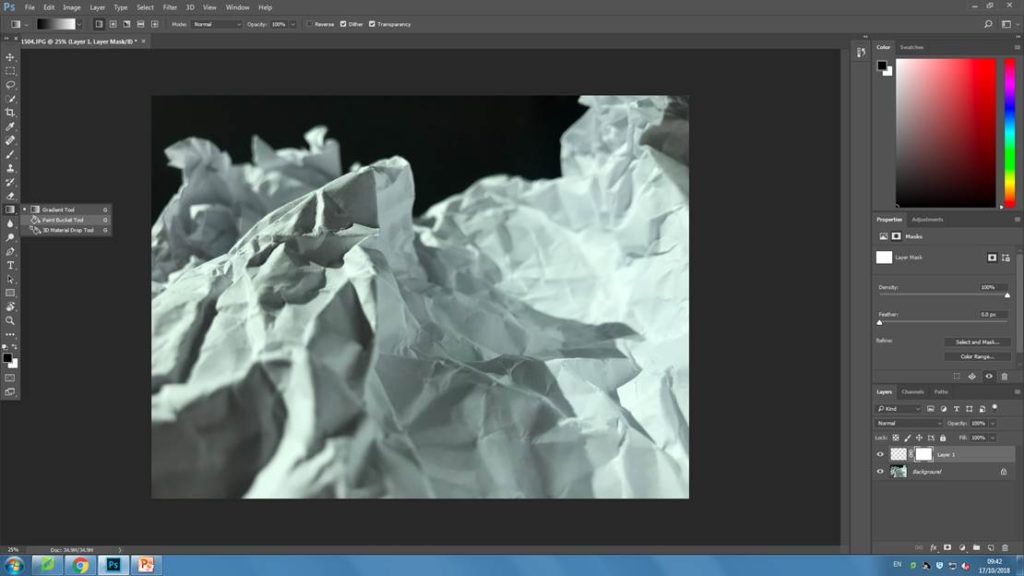
Next, I added a new layer, and I also added a layer mask so I was able to change the opacity on my layer.

I then ended up with the back overlay of my image, that looked like this. This the layer that I would be selectively getting rid of to be able to only view certain parts of the photo.

Next, I had to lower the opacity so I was able to see what parts of the image i was rubbing away.
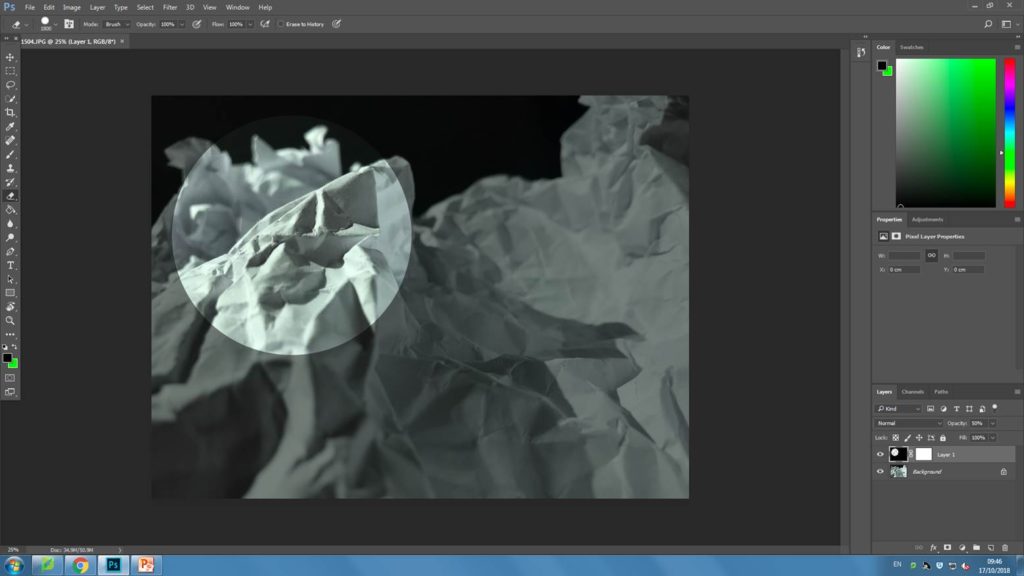
Lastly, I rubbed out the parts of the image I wanted revealed through the black layer and when I was finished I turned the opacity all way way up to 100% again so it was fully black.
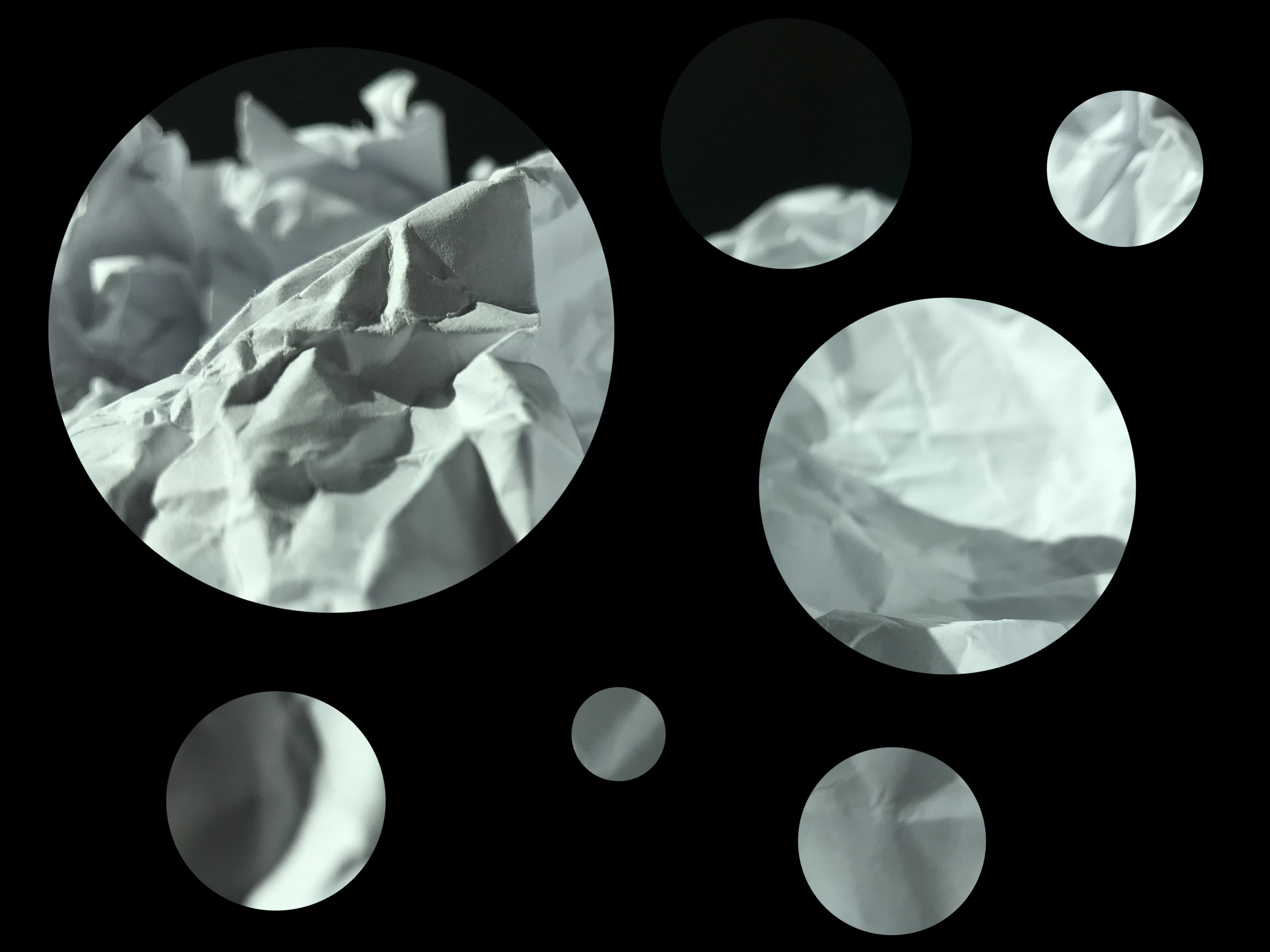
This was my final outcome. I’m very pleased with how this photo turned out for many reasons. I really like how the Black layer contrasts really well with the white paper. I also really like how the black layer meant that i was able to reveal the most interesting aspects of my image. I made sure that the most successfully scrumped part of the paper could be seen from a bigger circle than the rest so that the audience’s attention would be drawn to it first. I also made sure that part of a shadow could also be seen through a circle, as this is another successful contrast created in the original image.